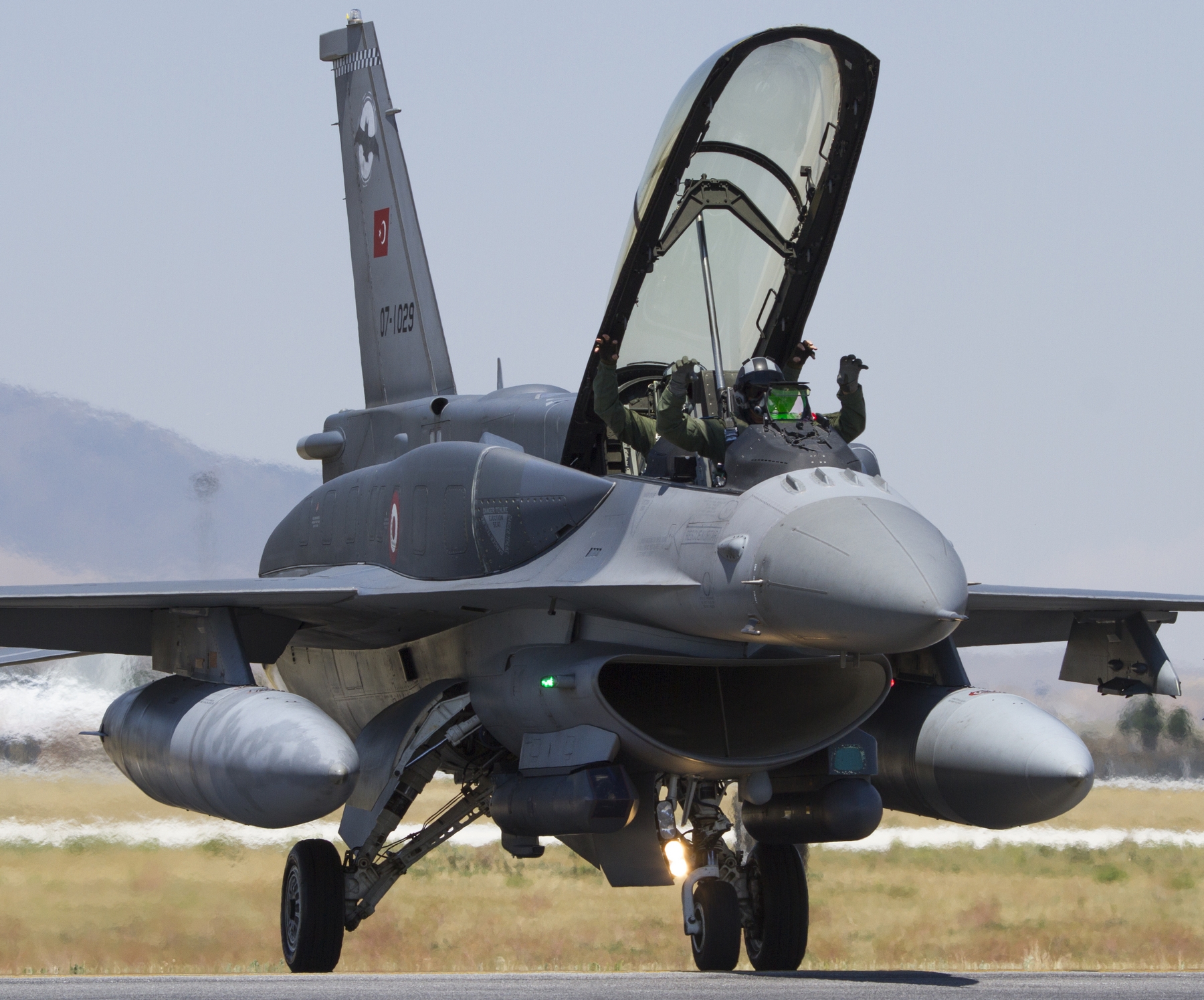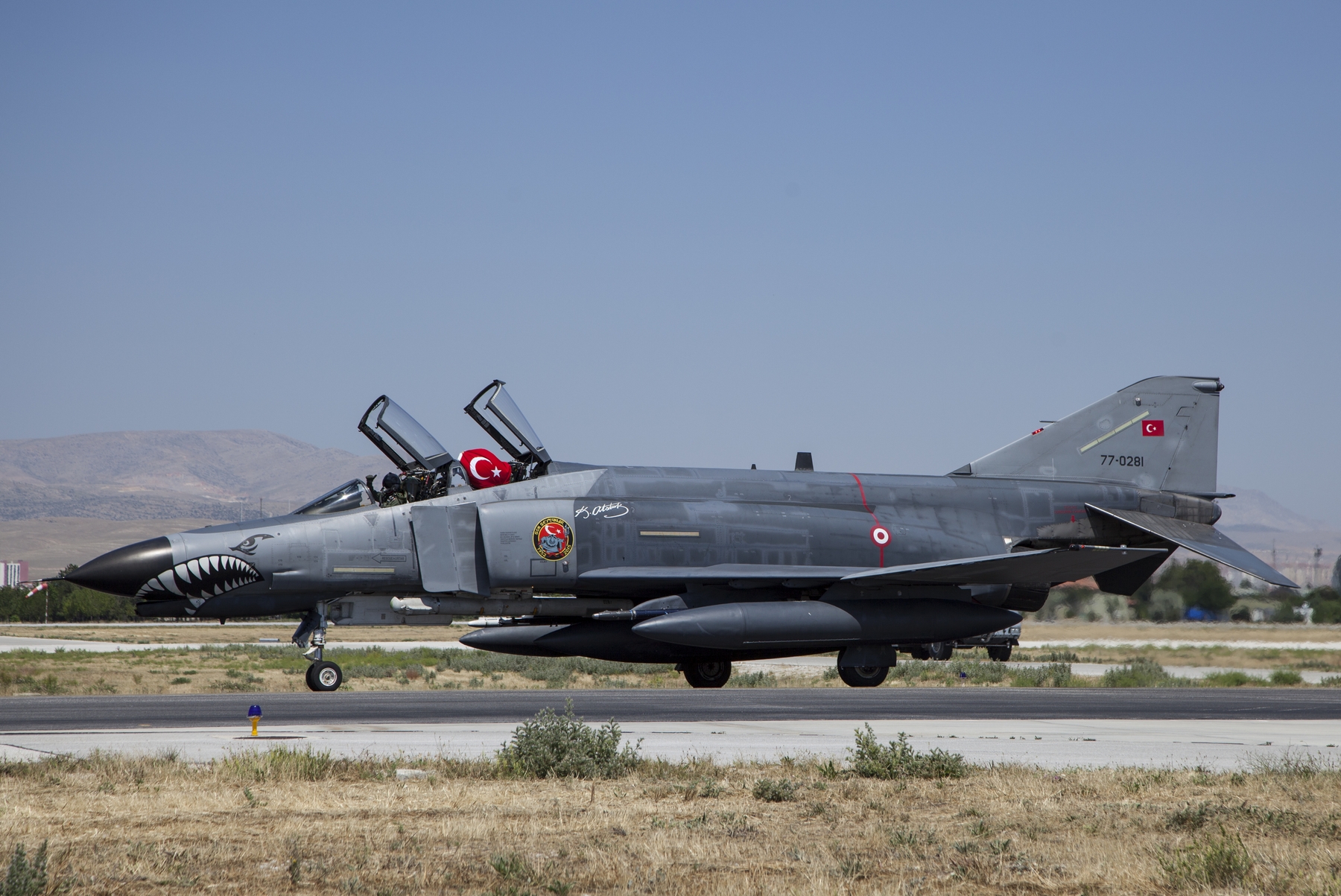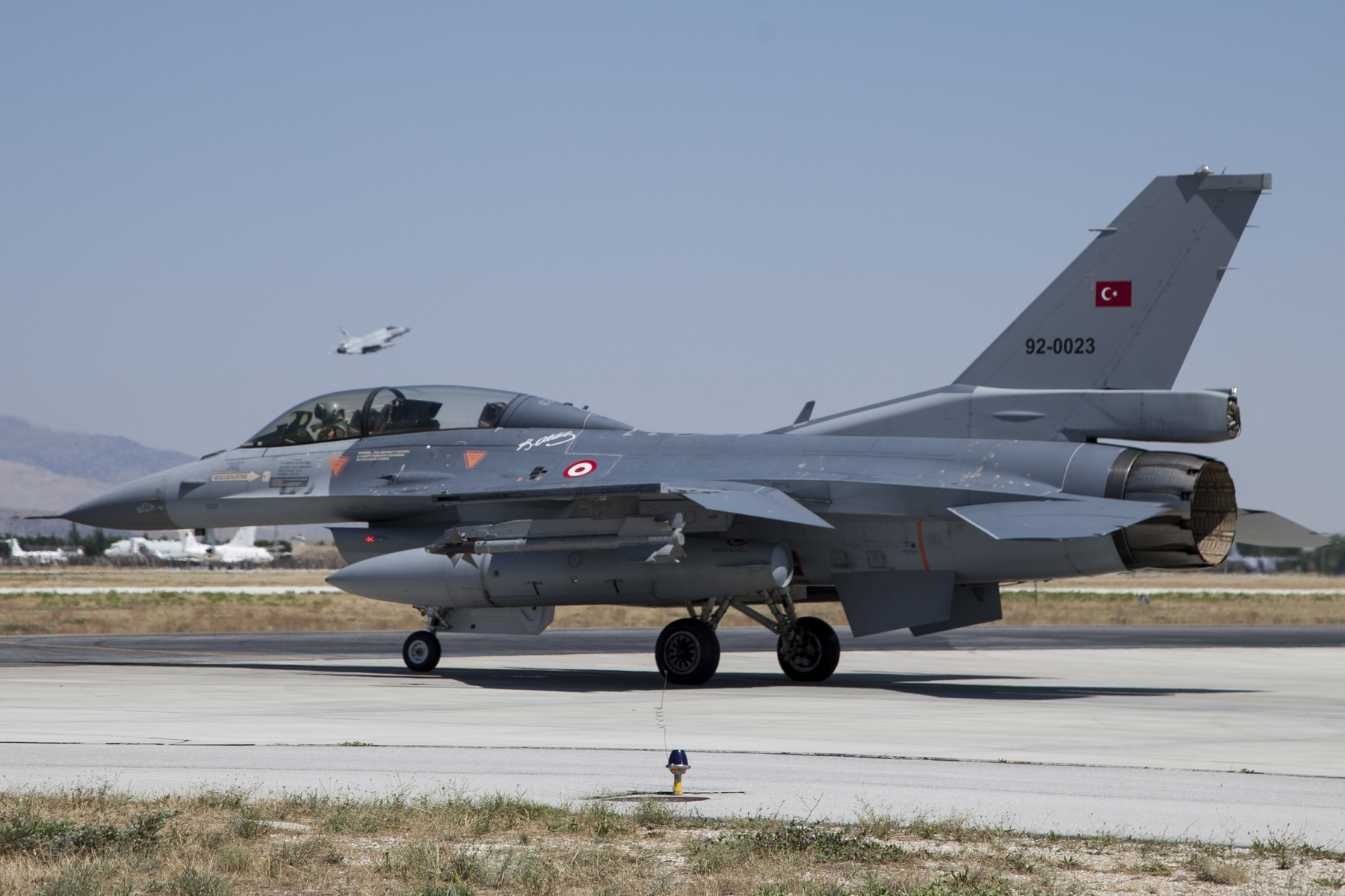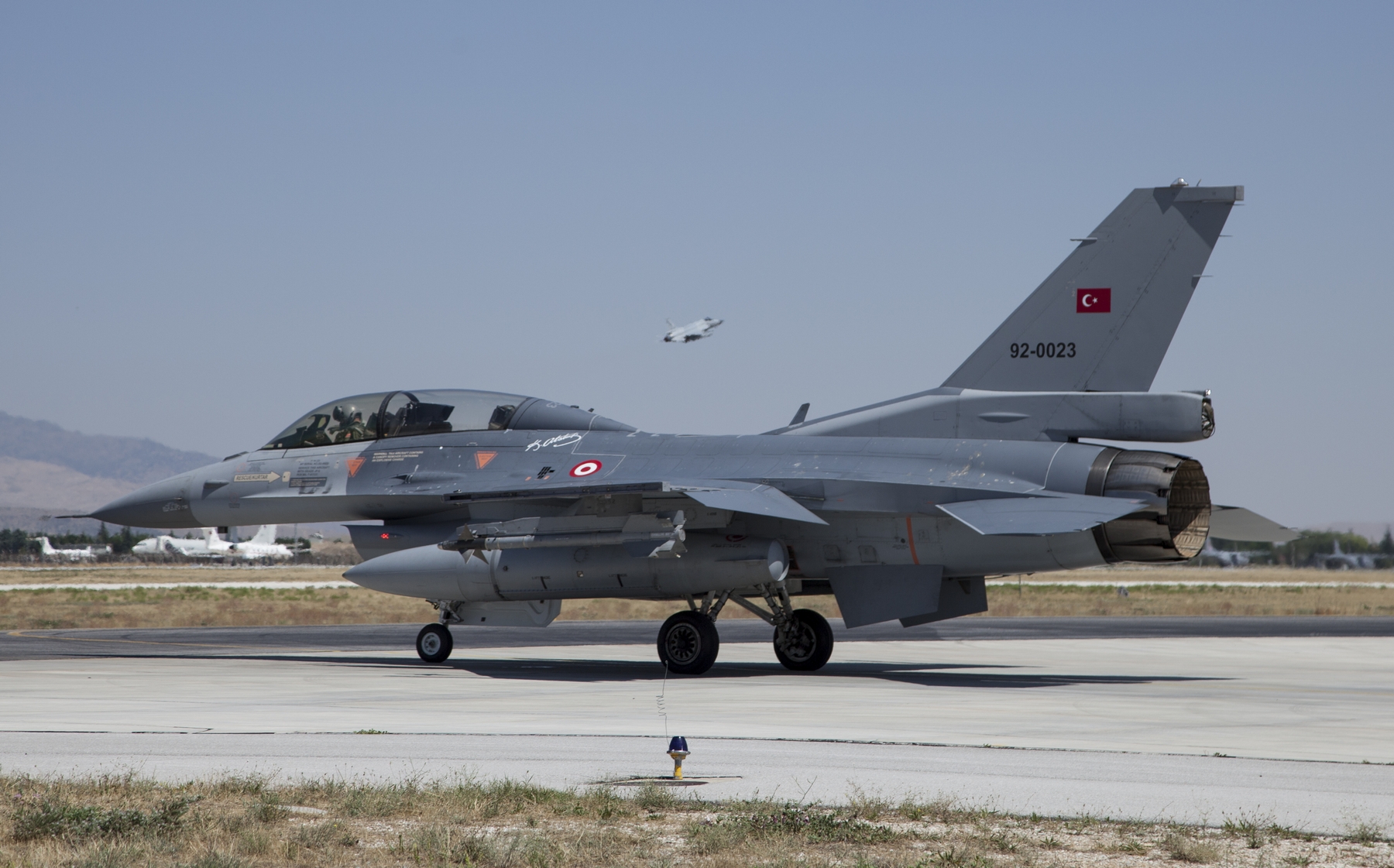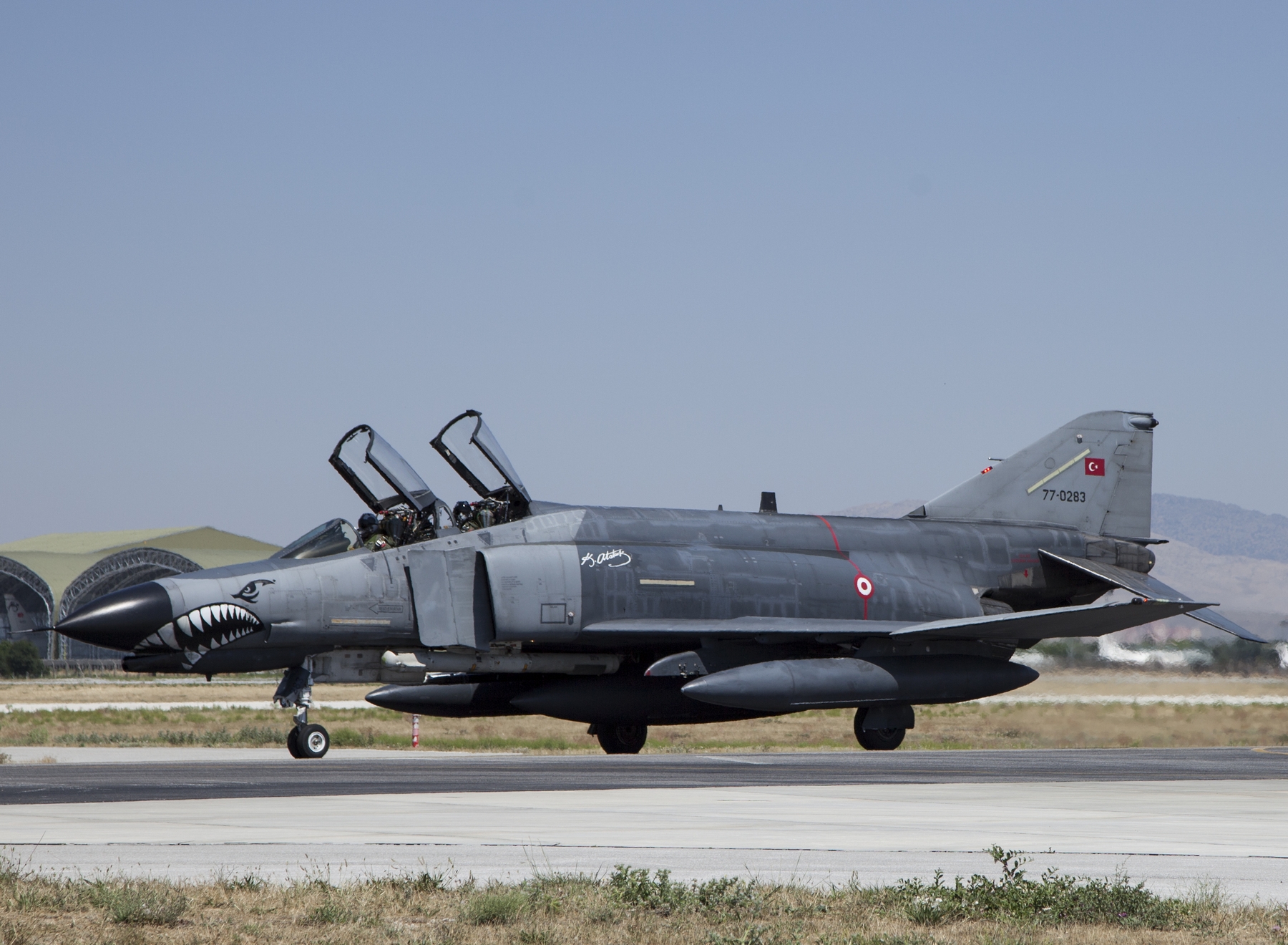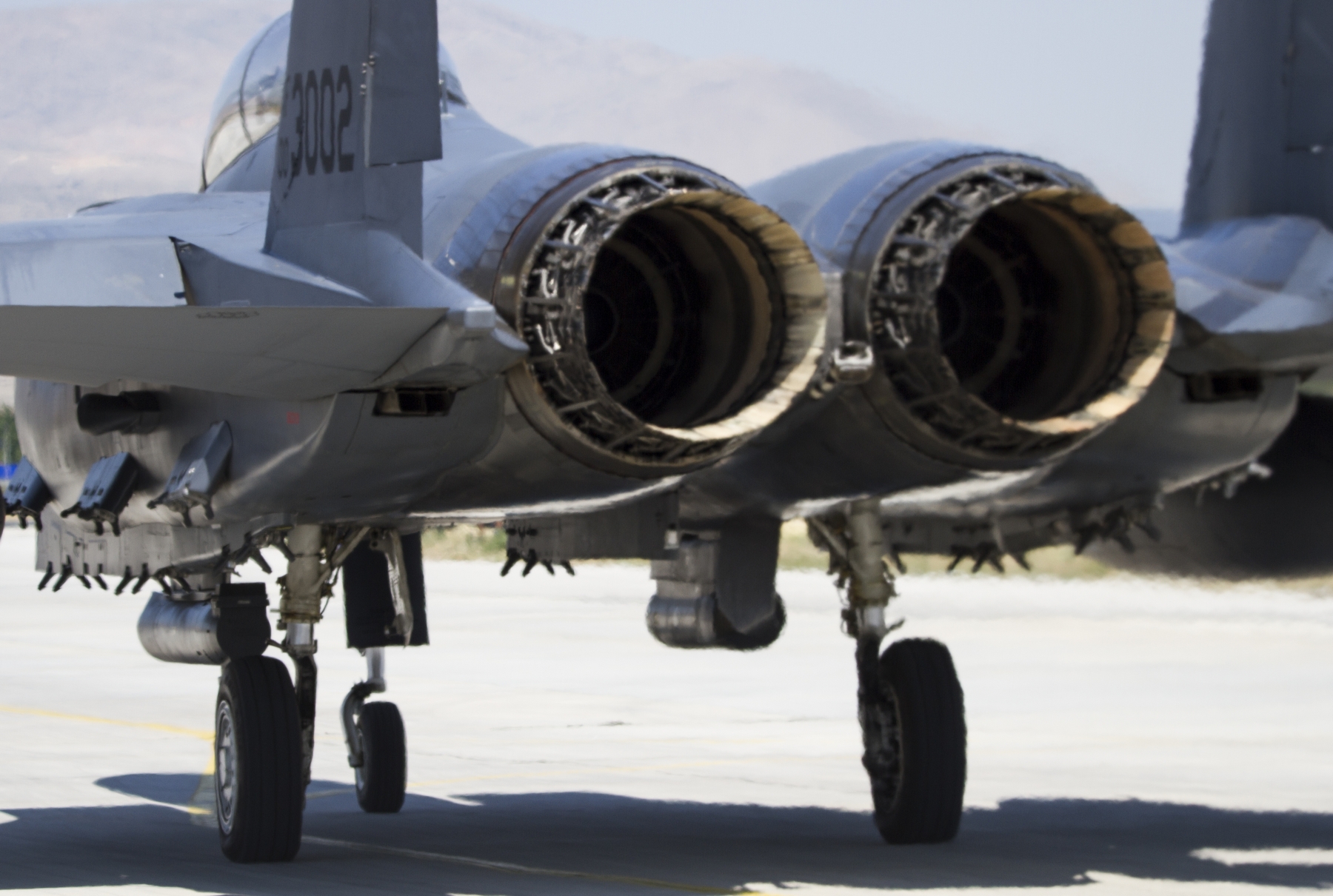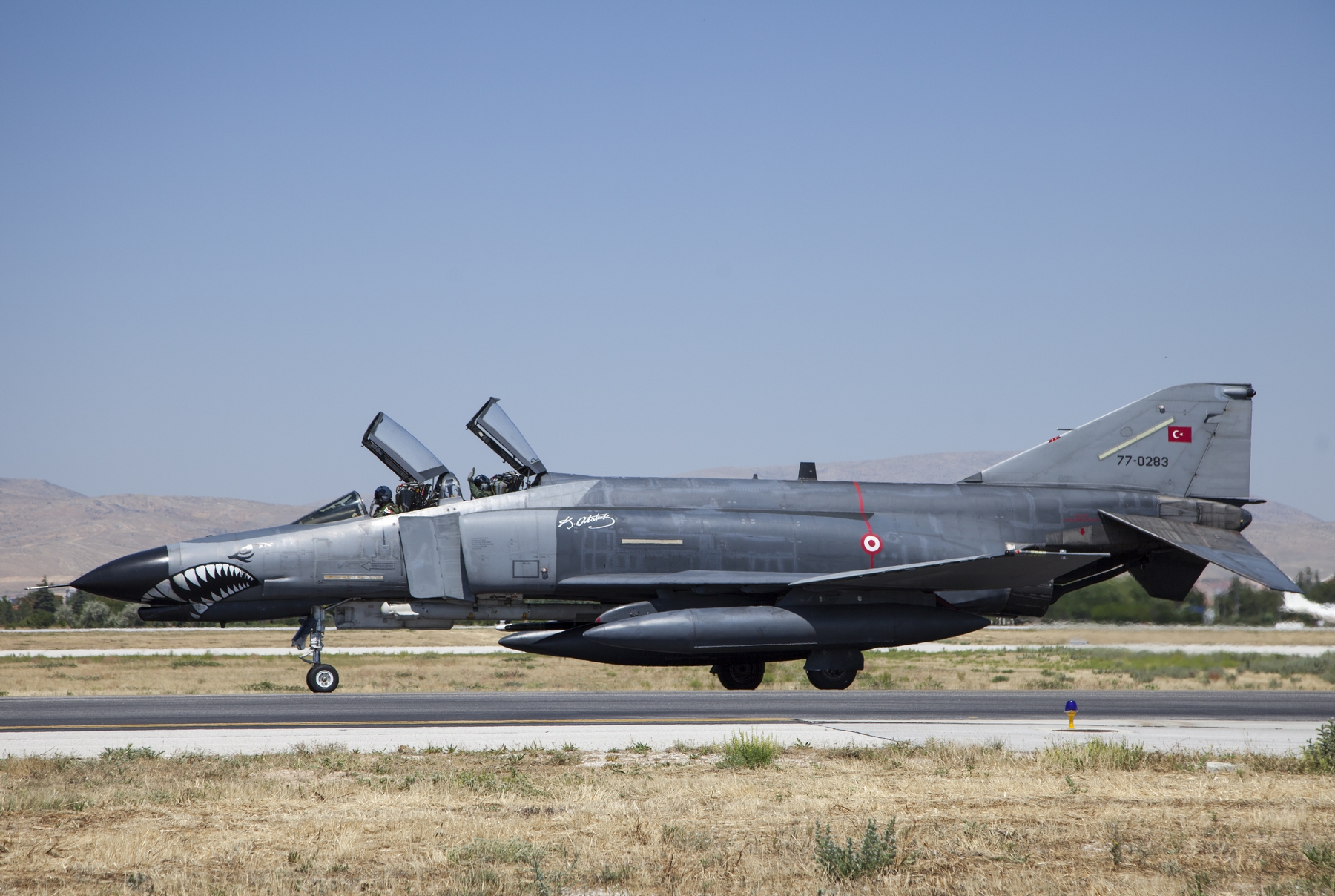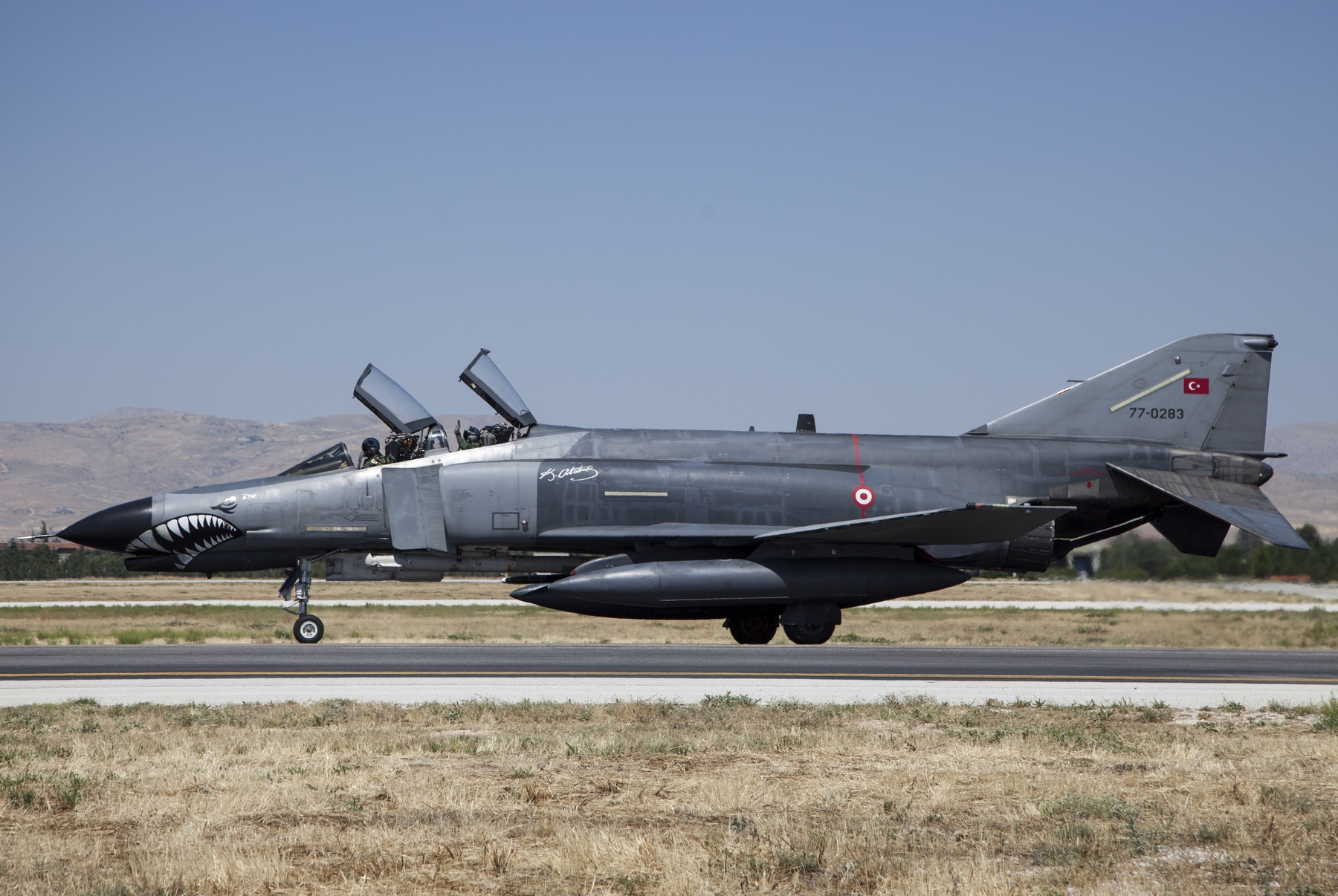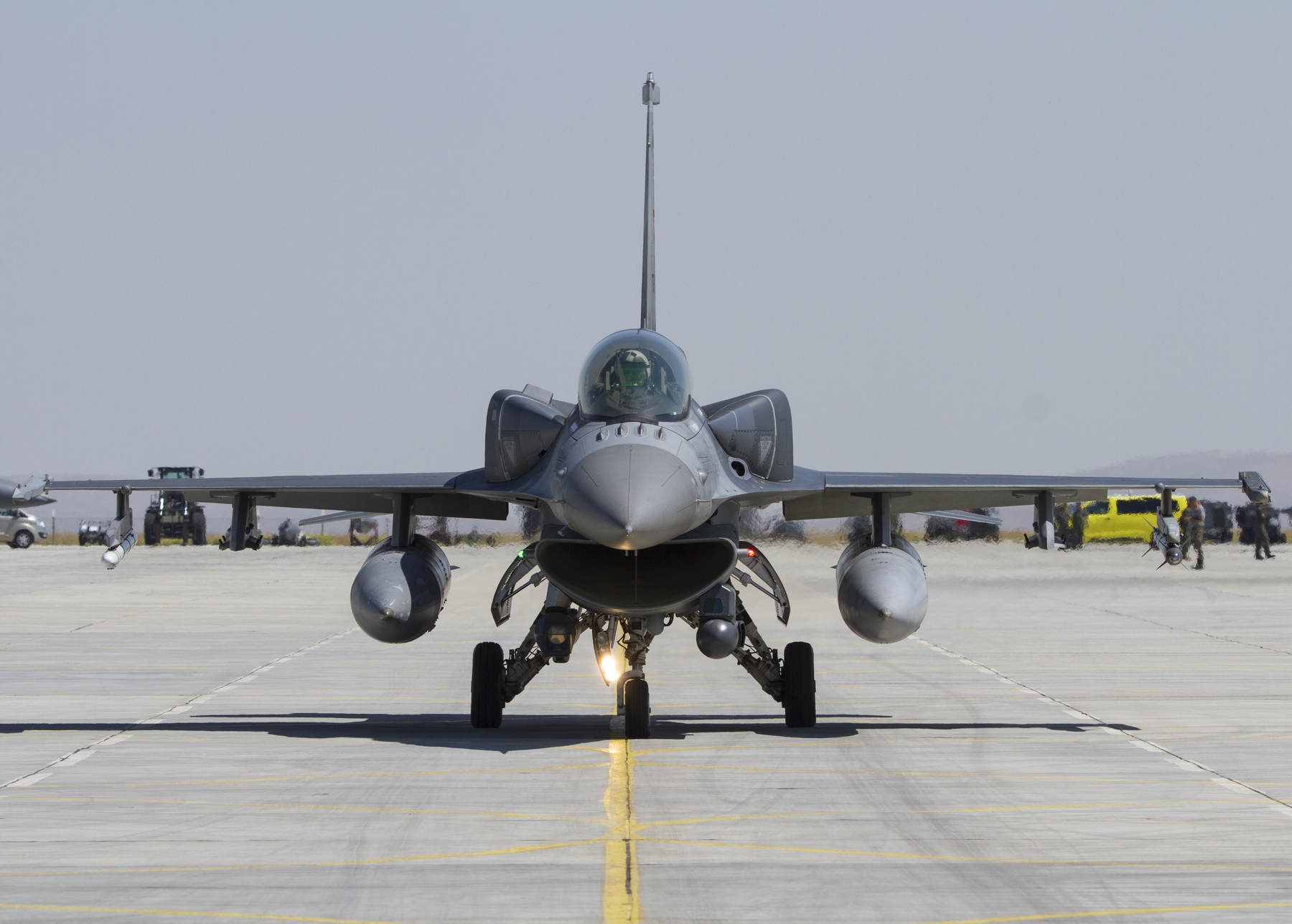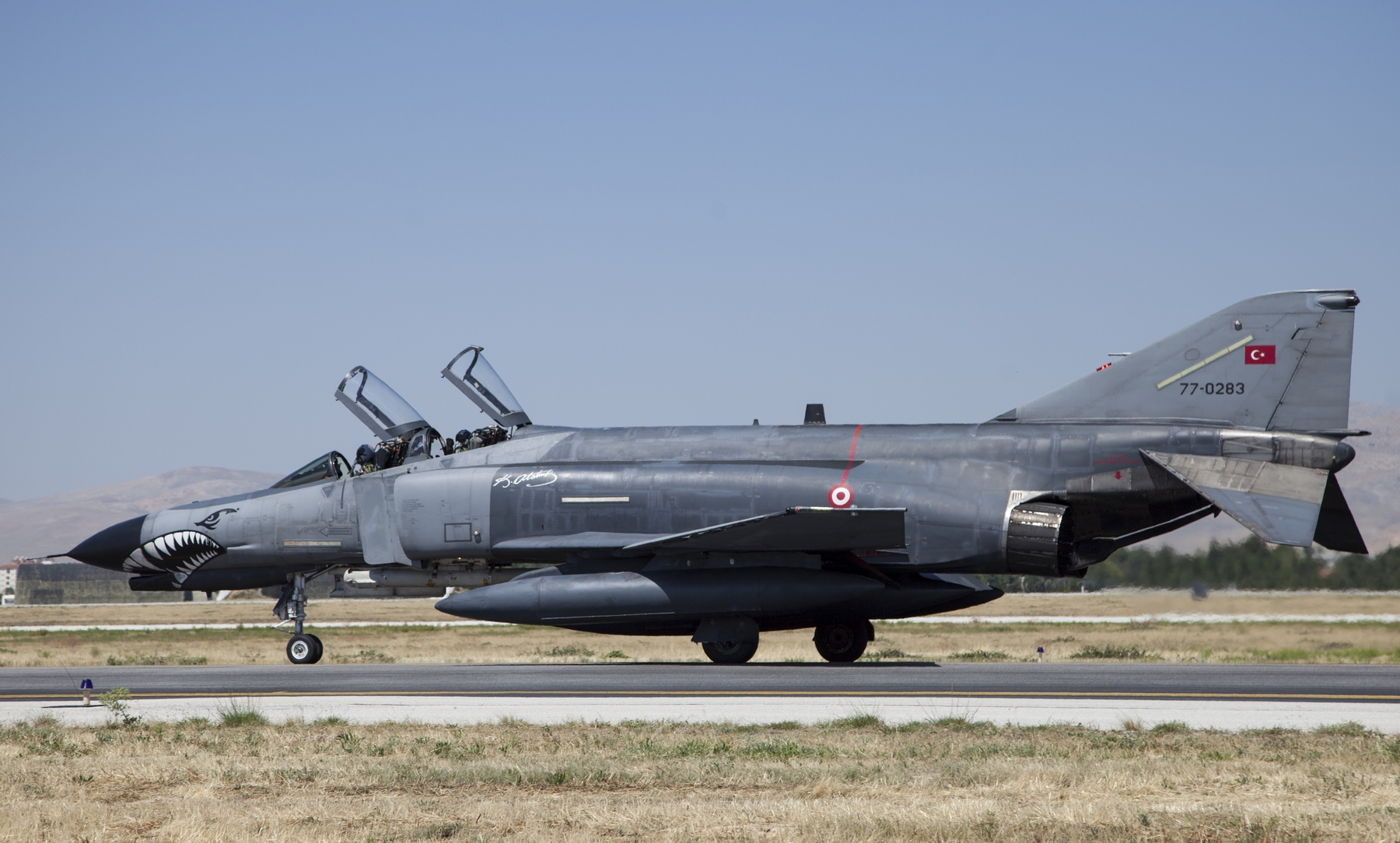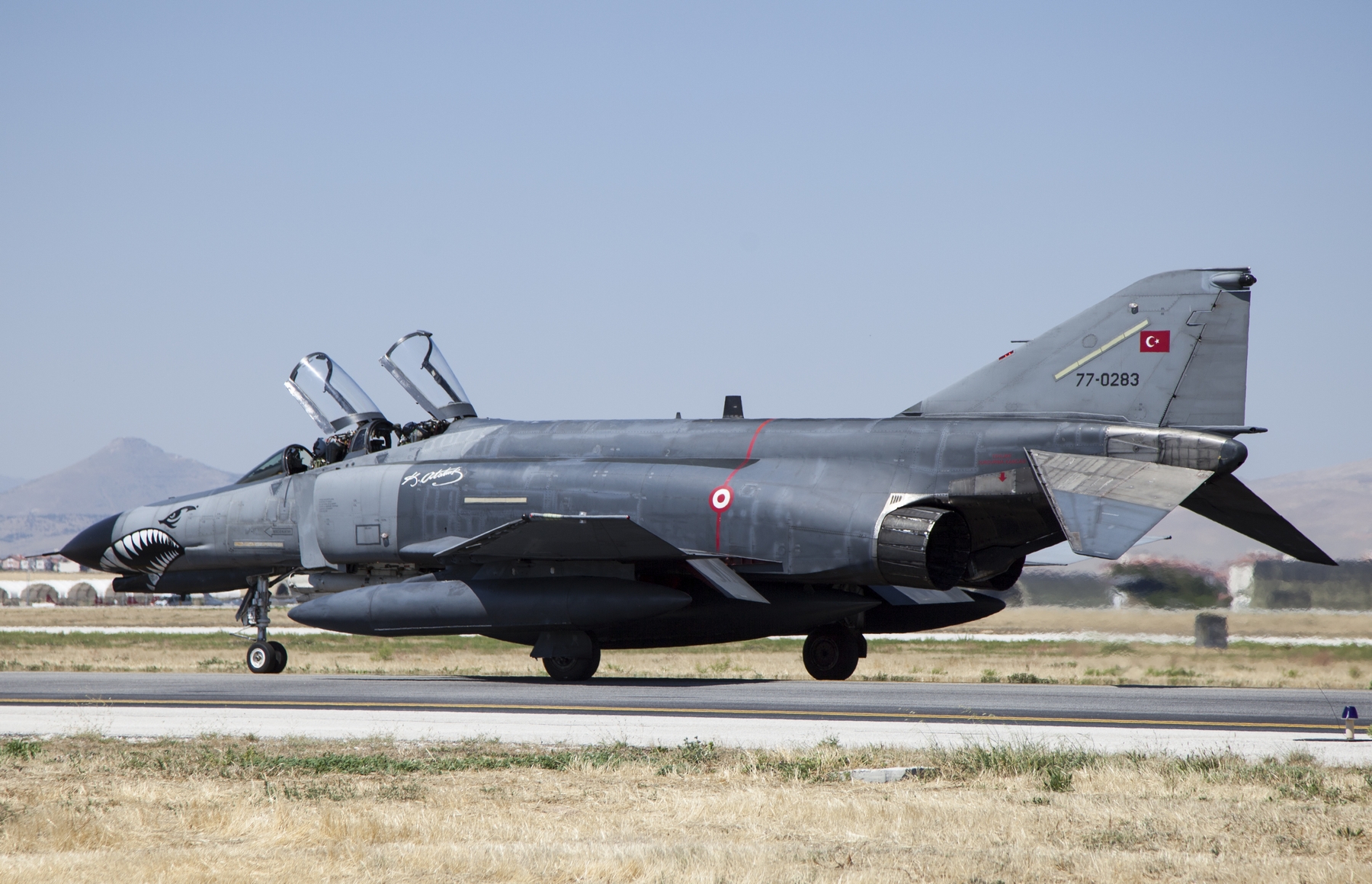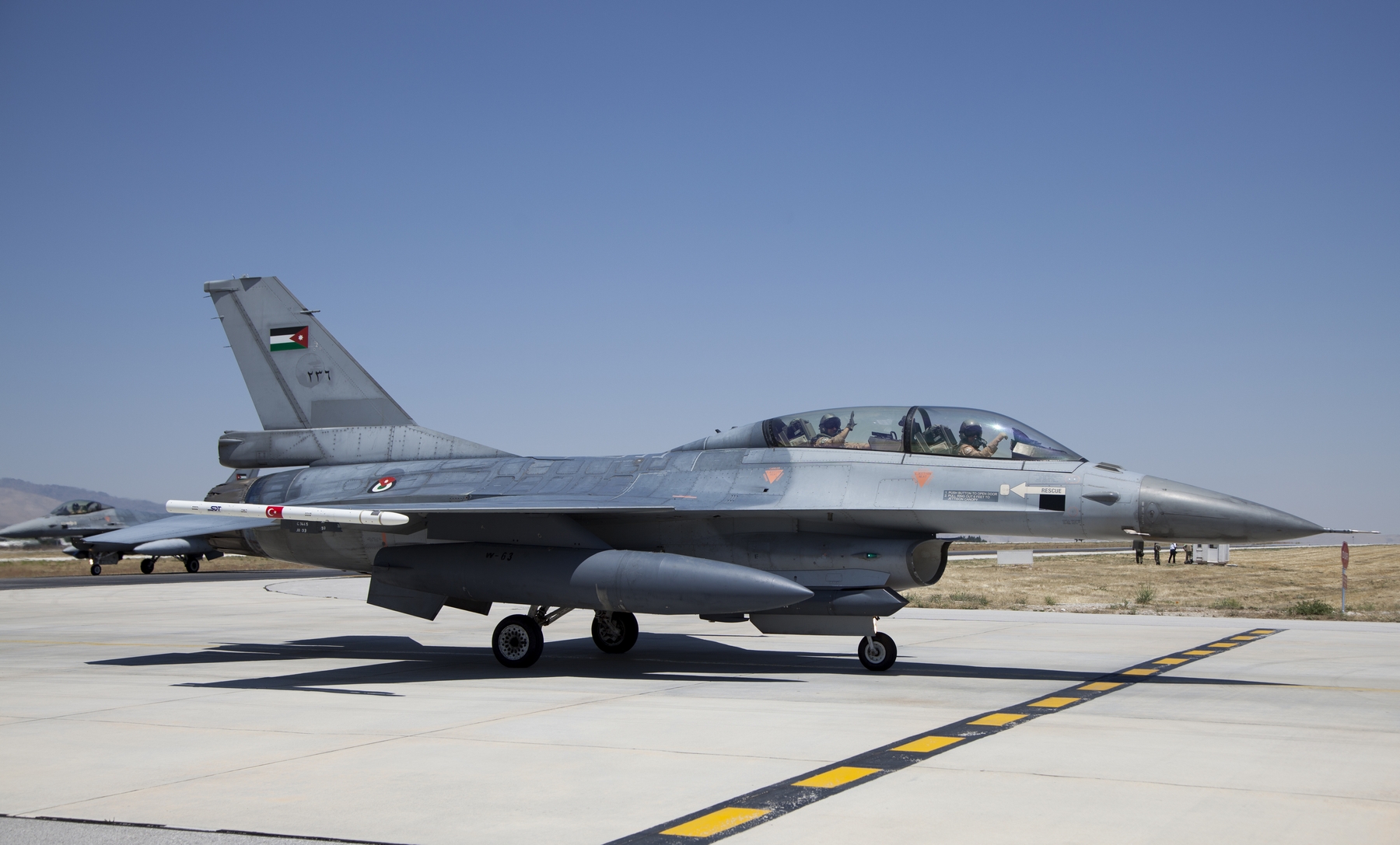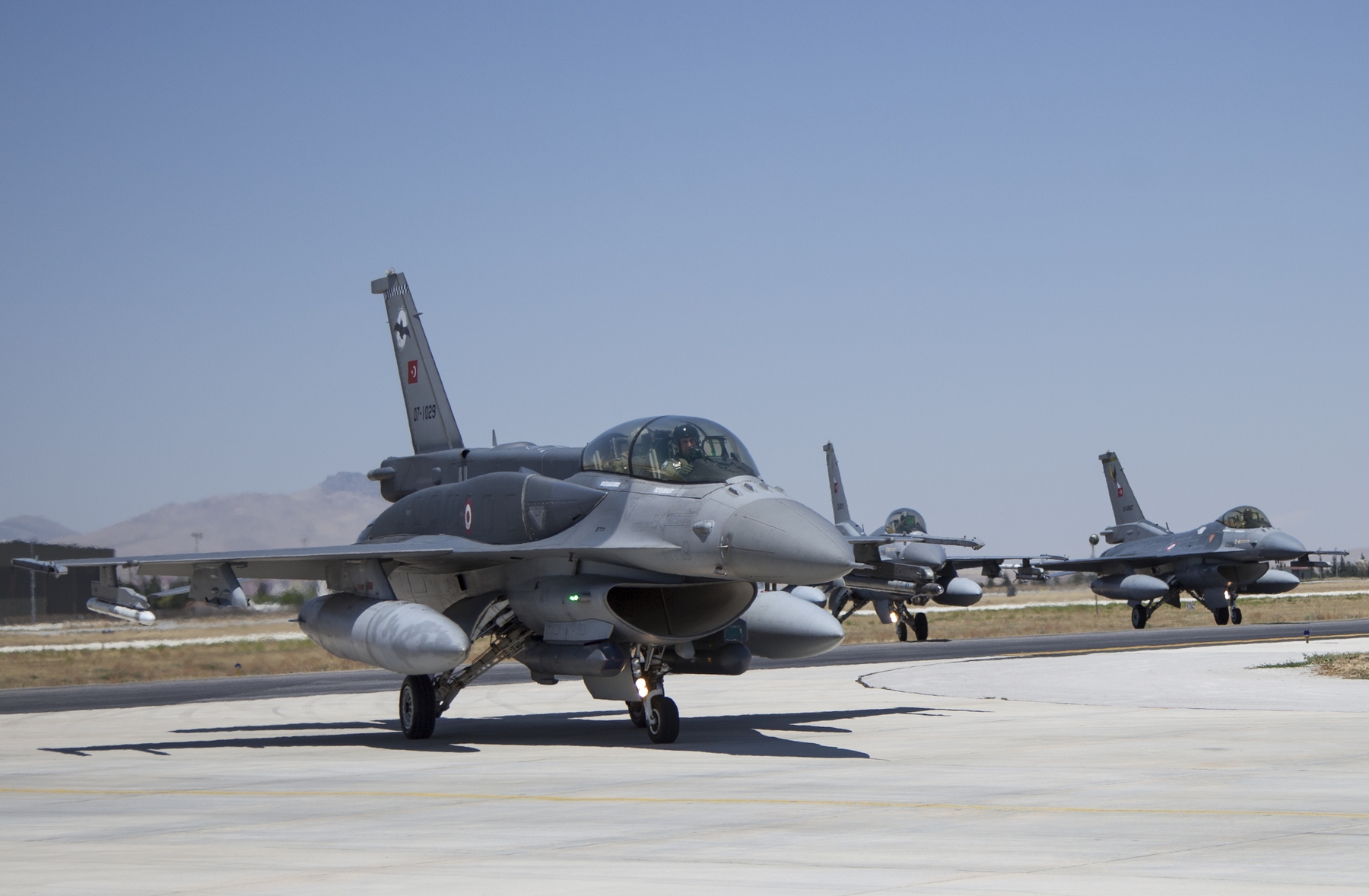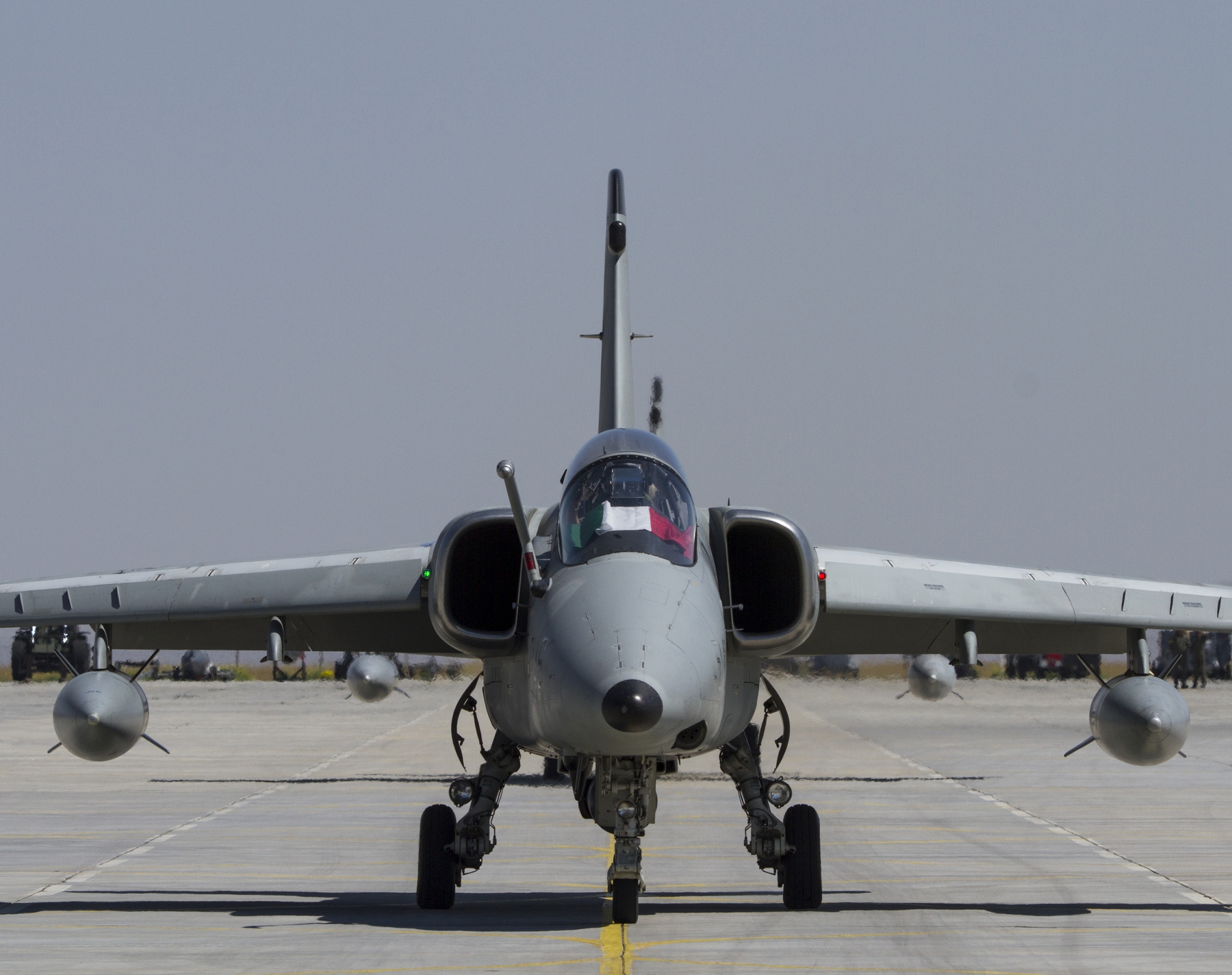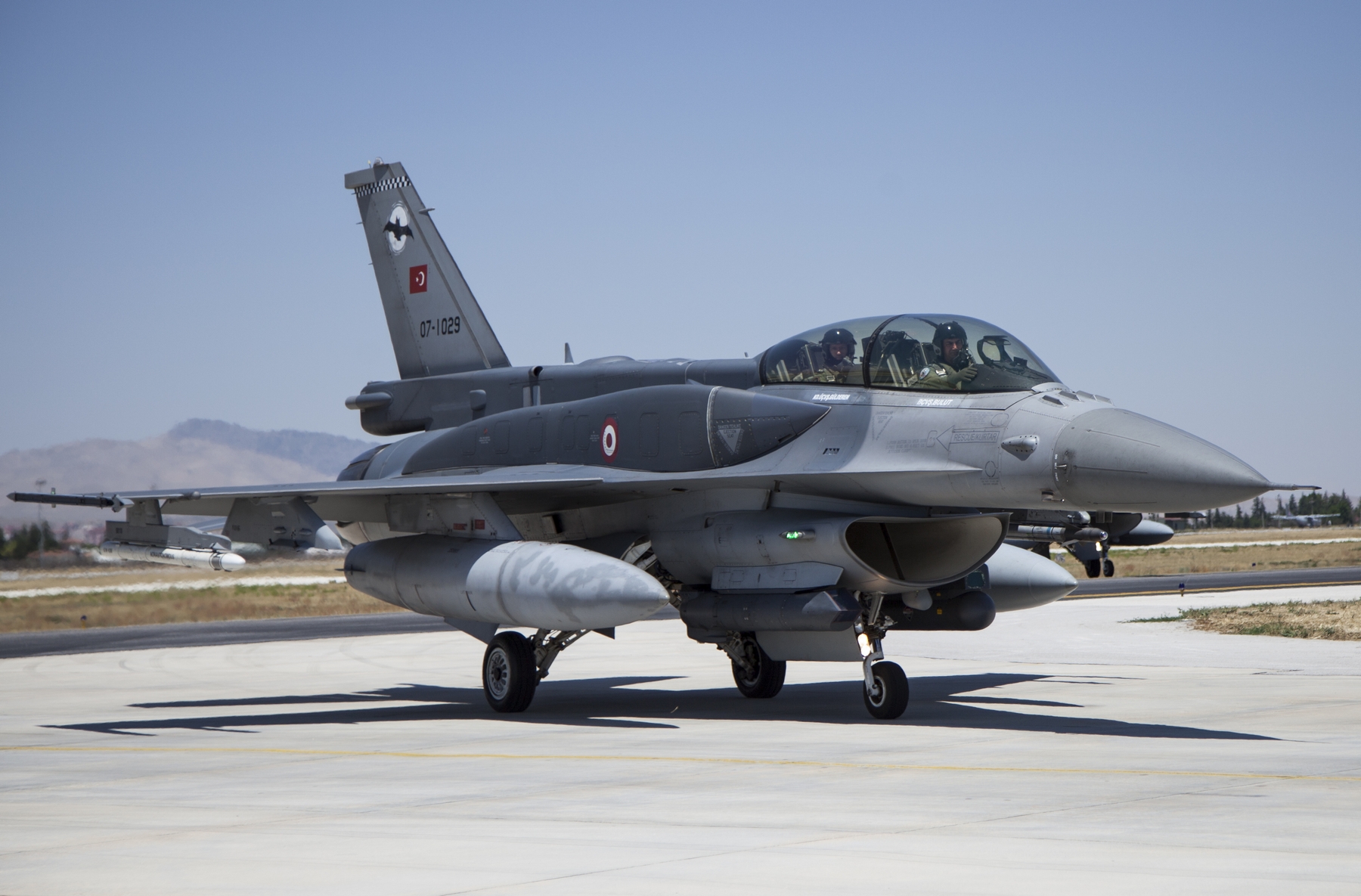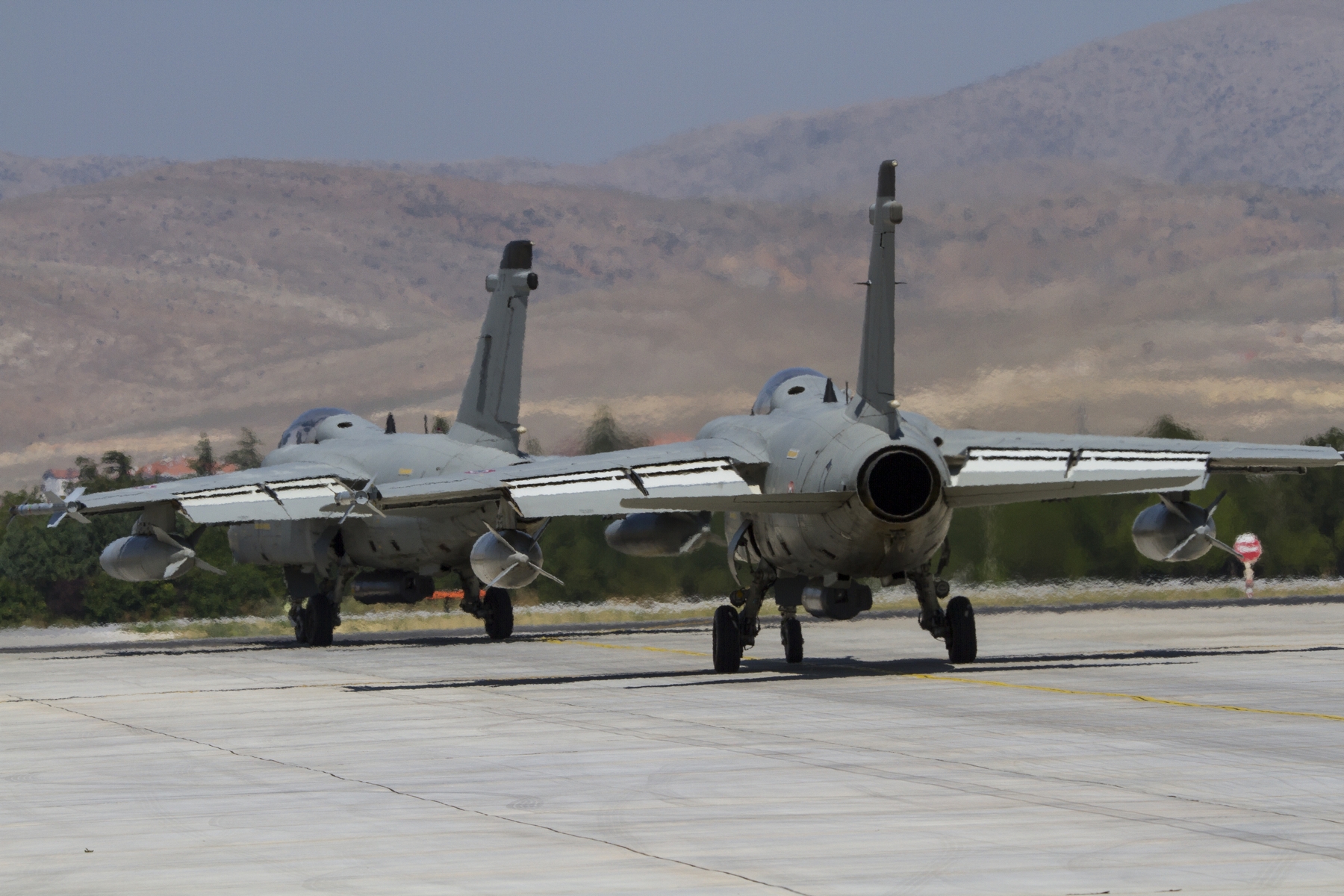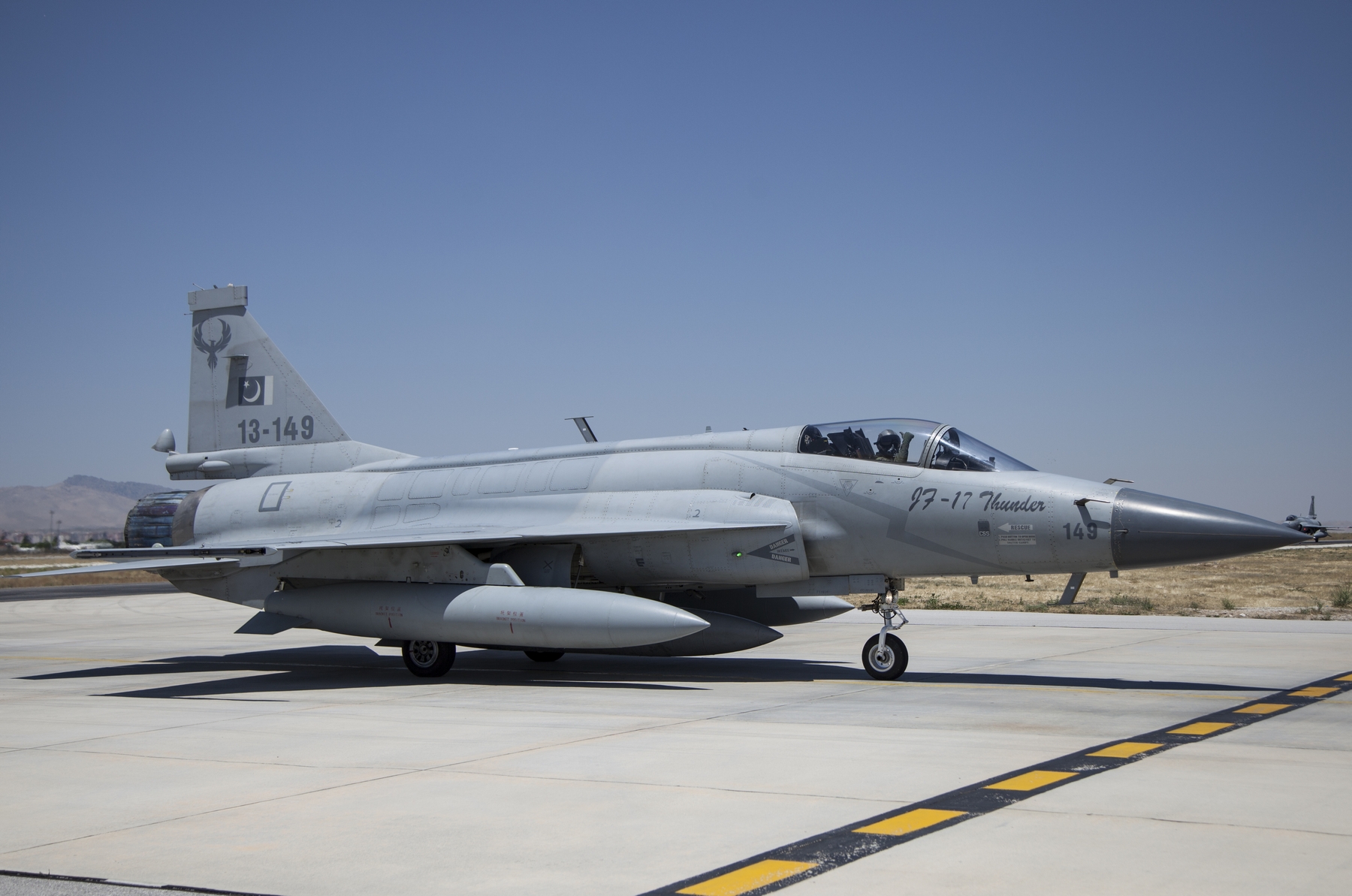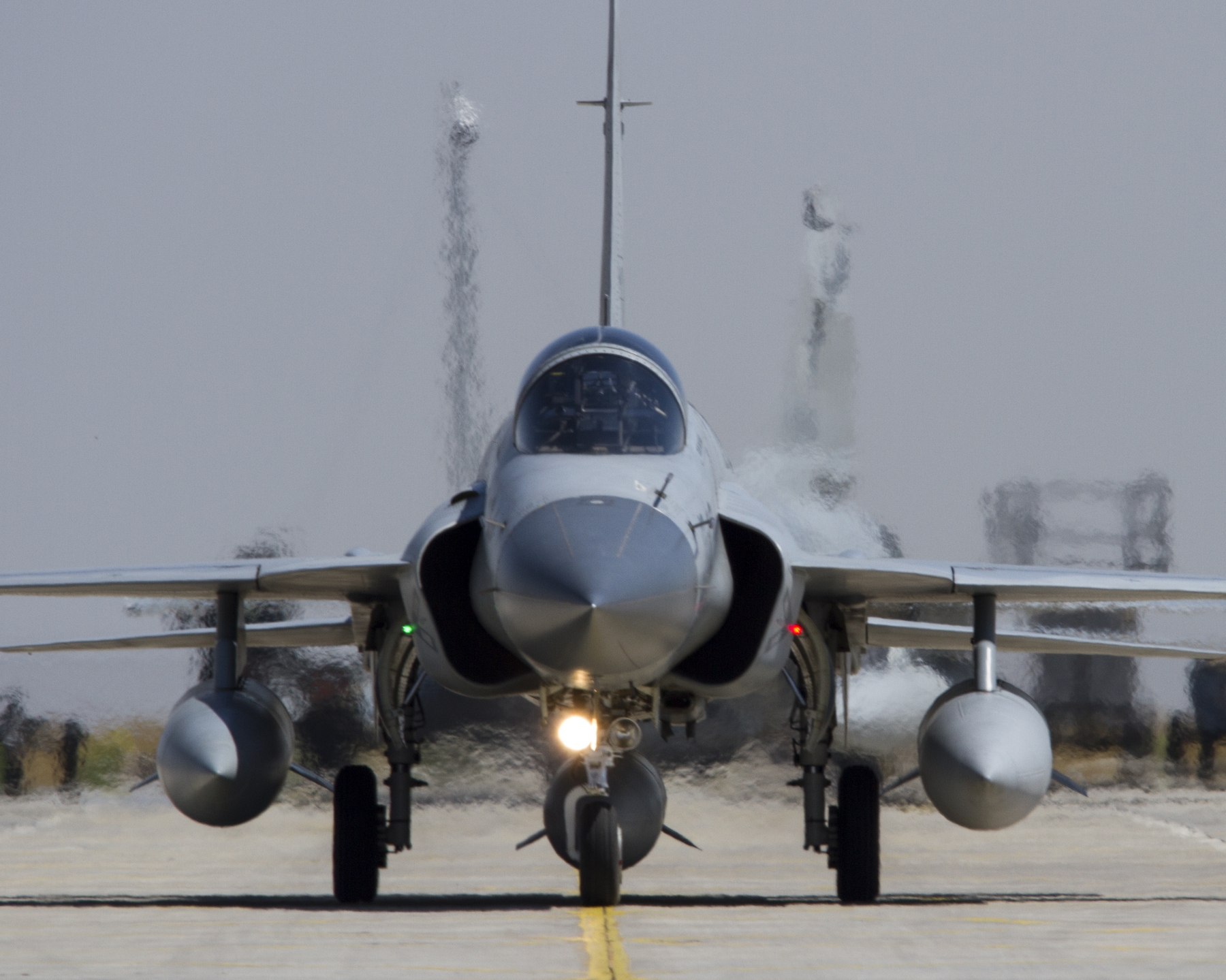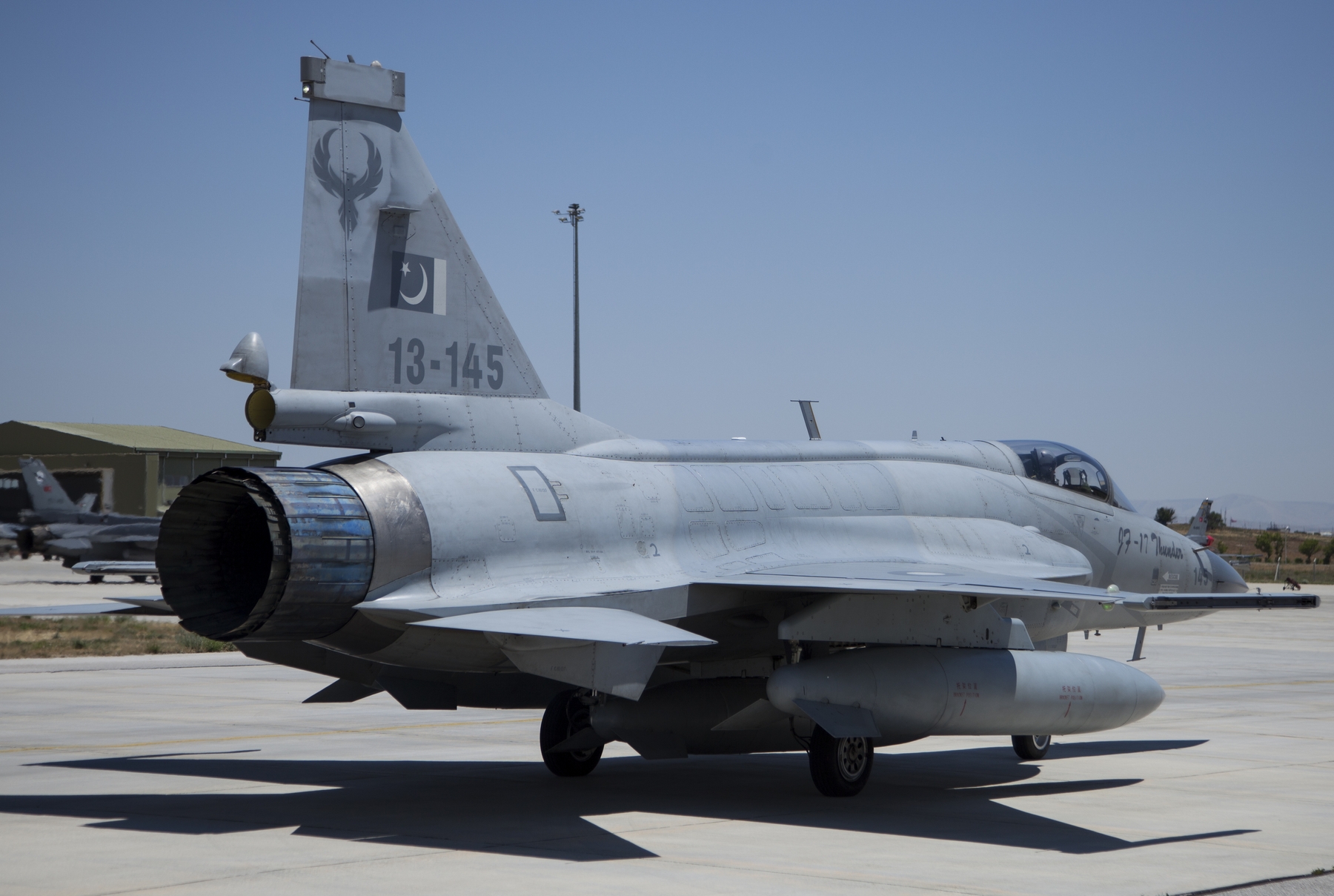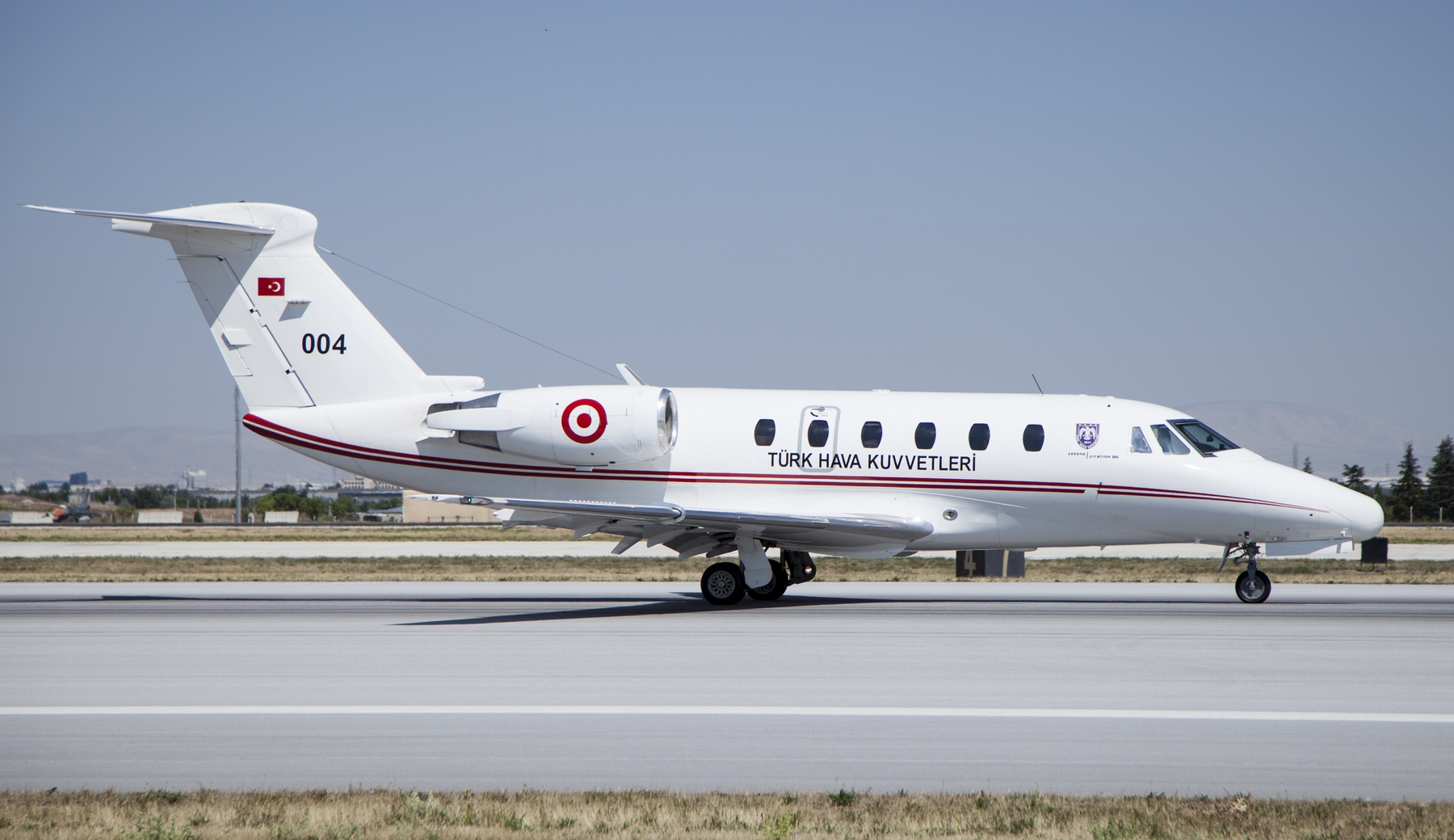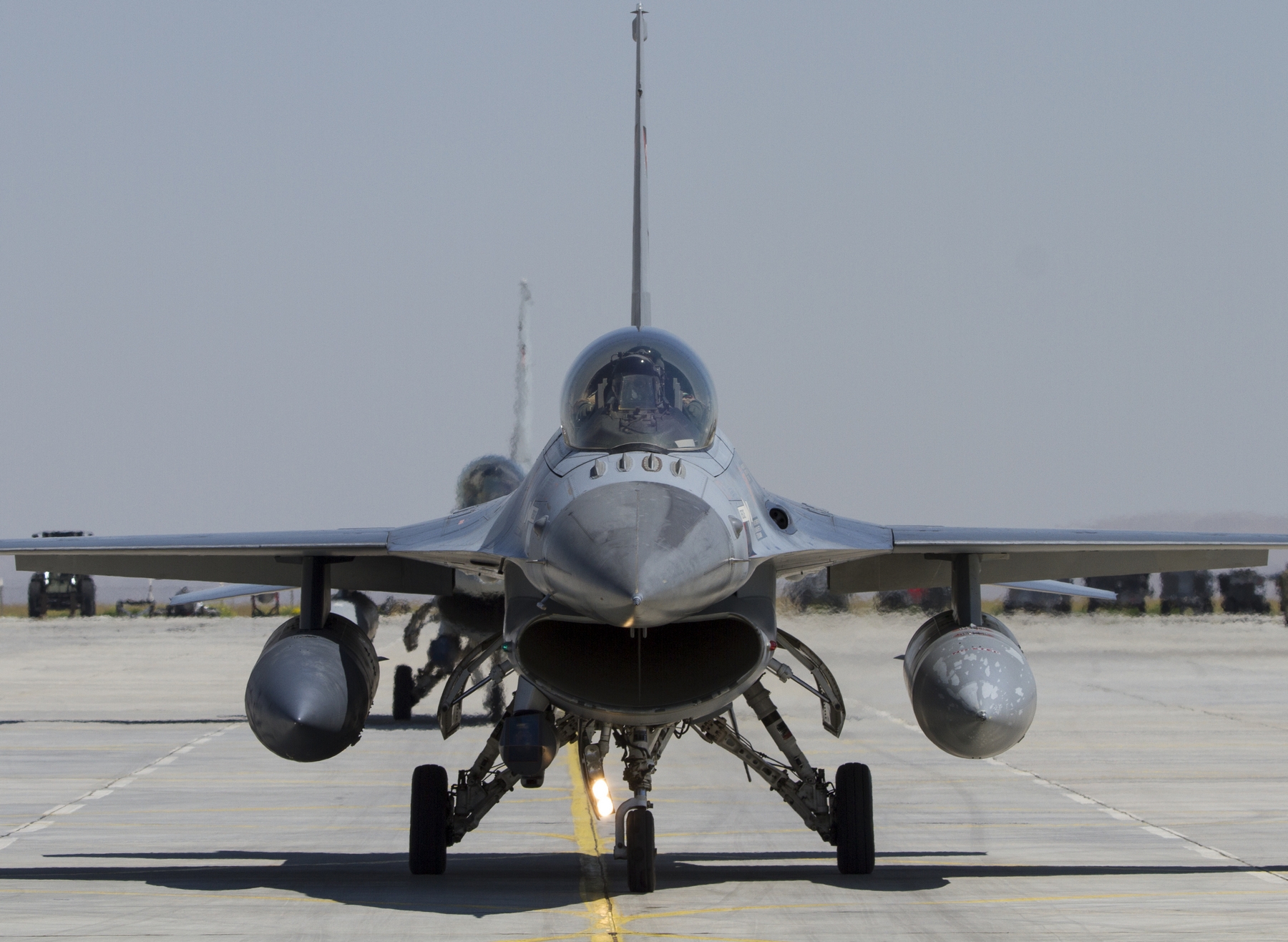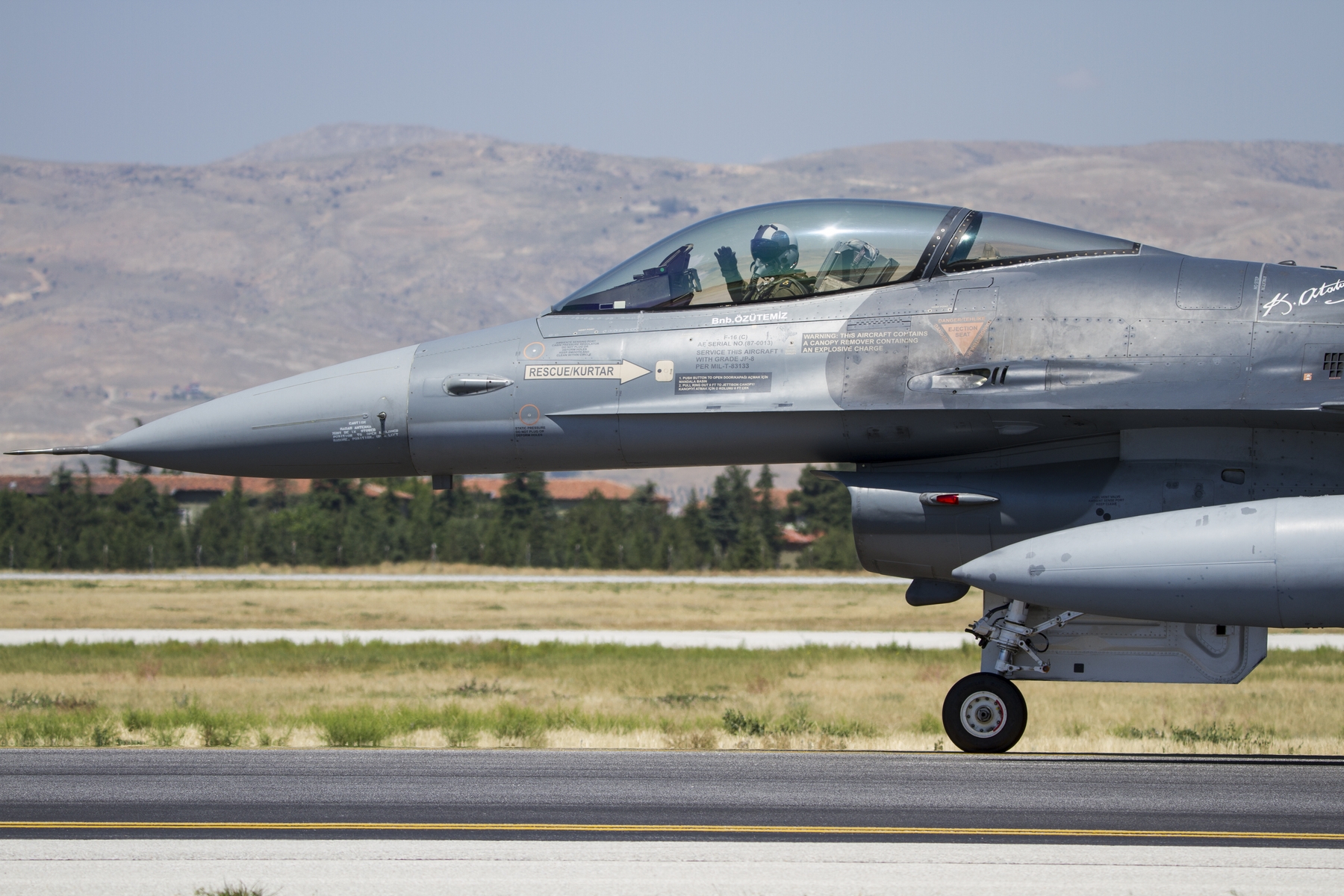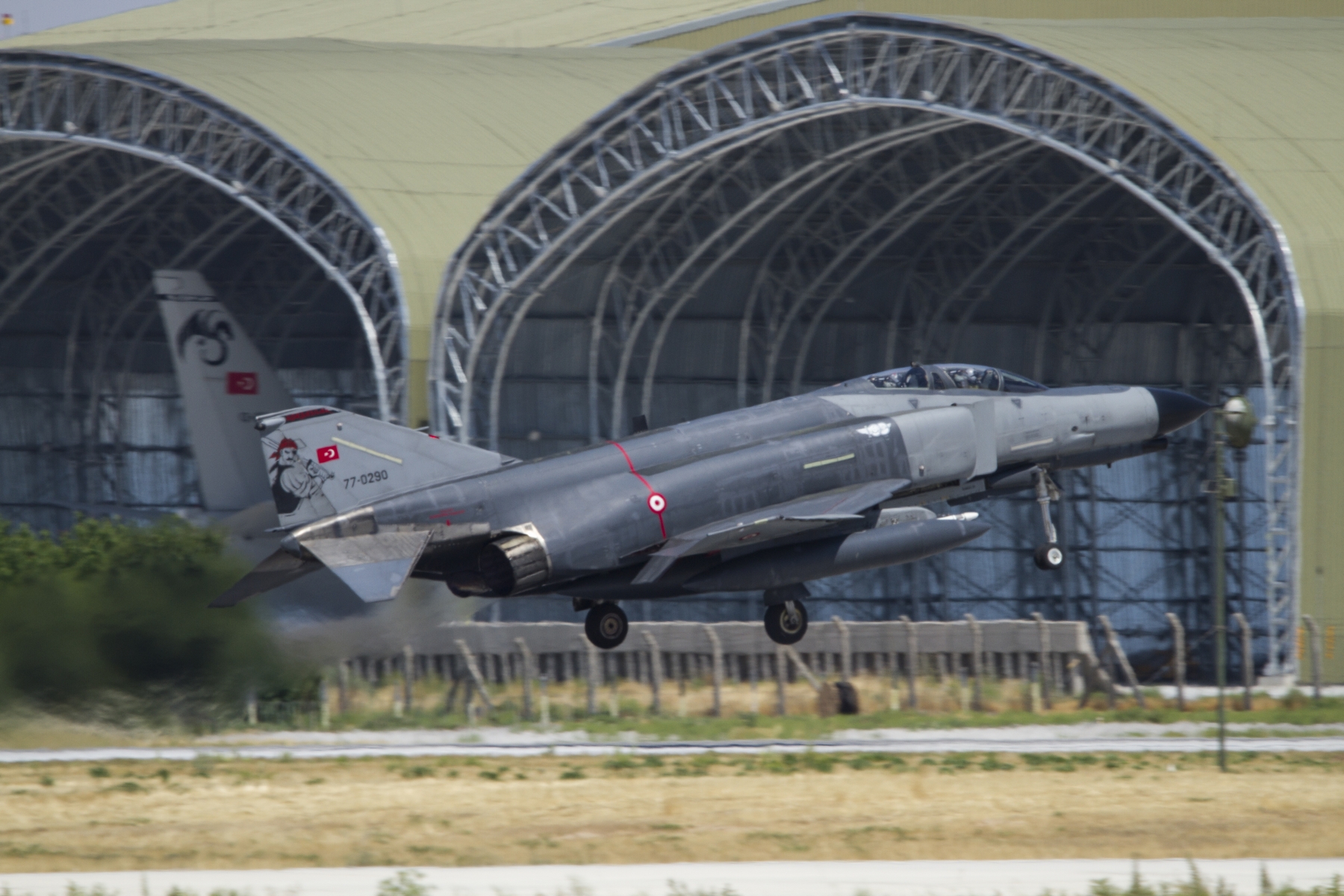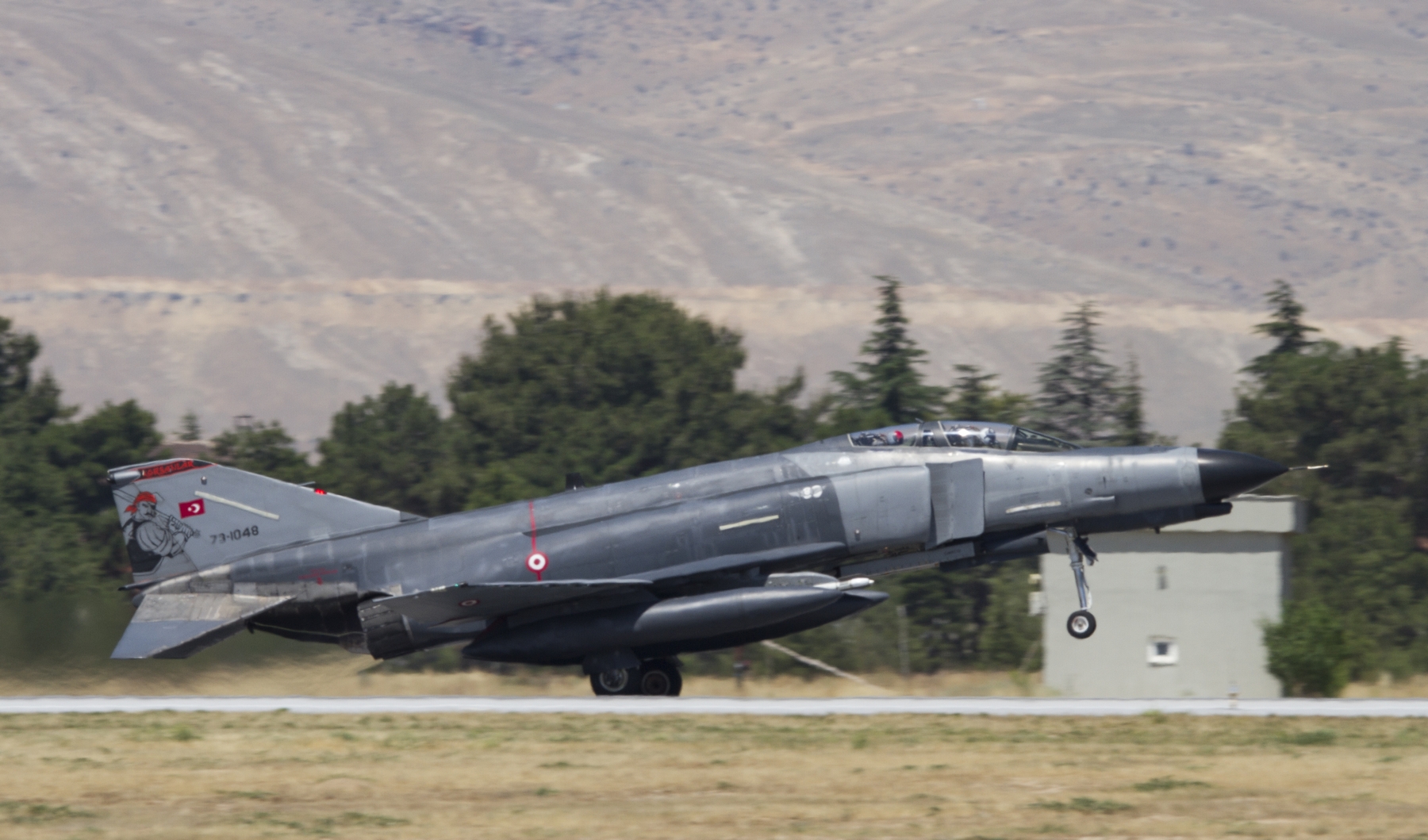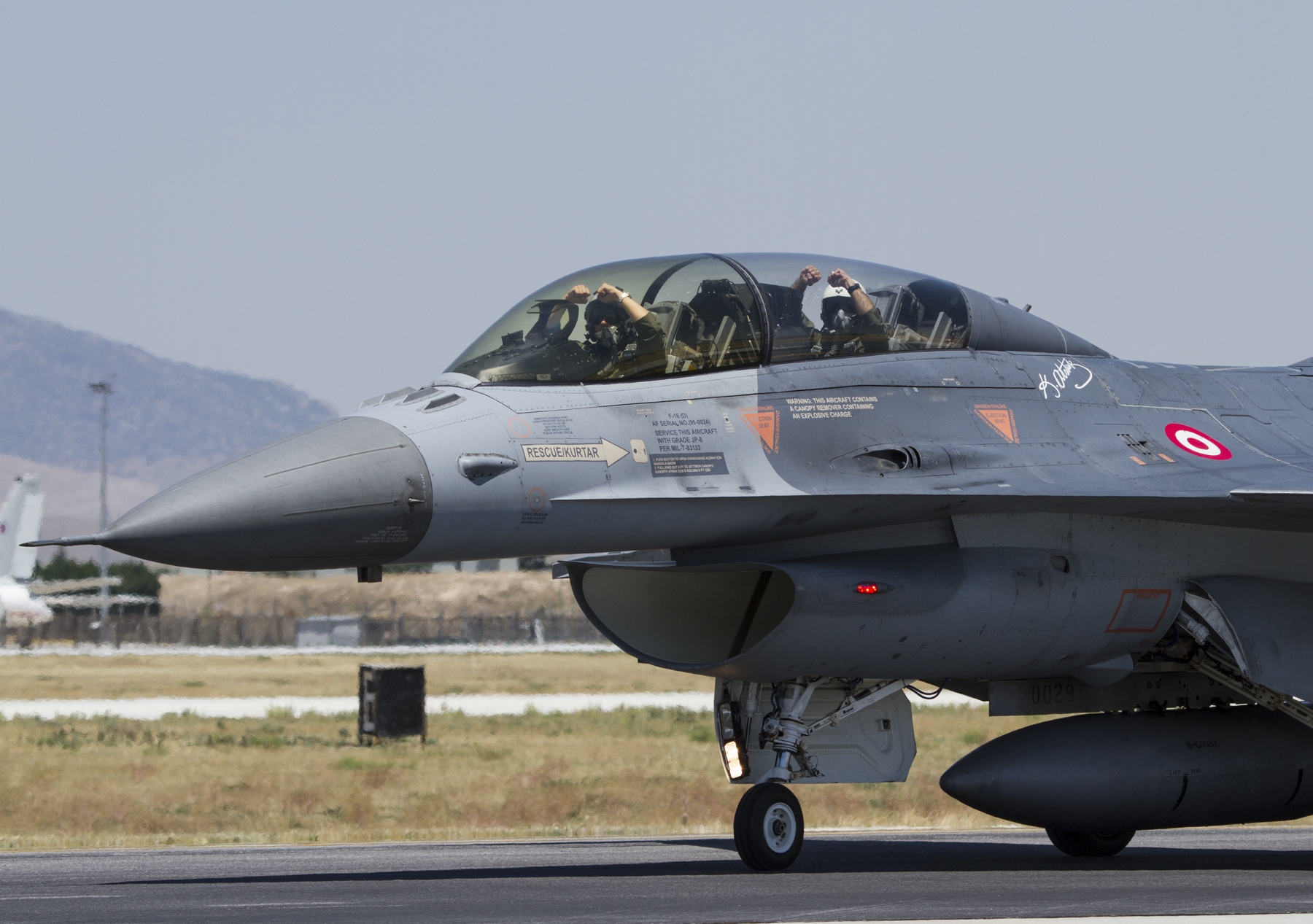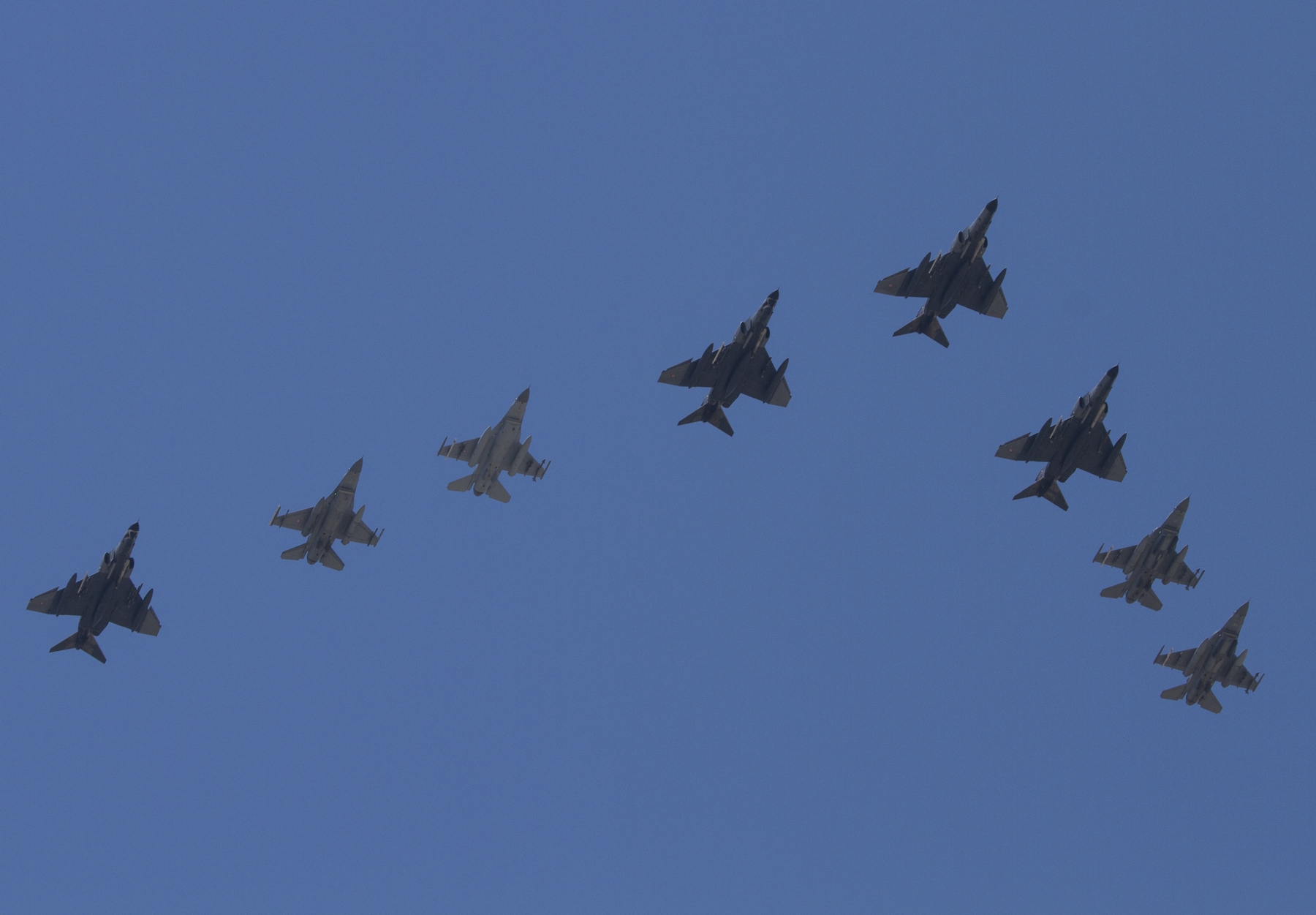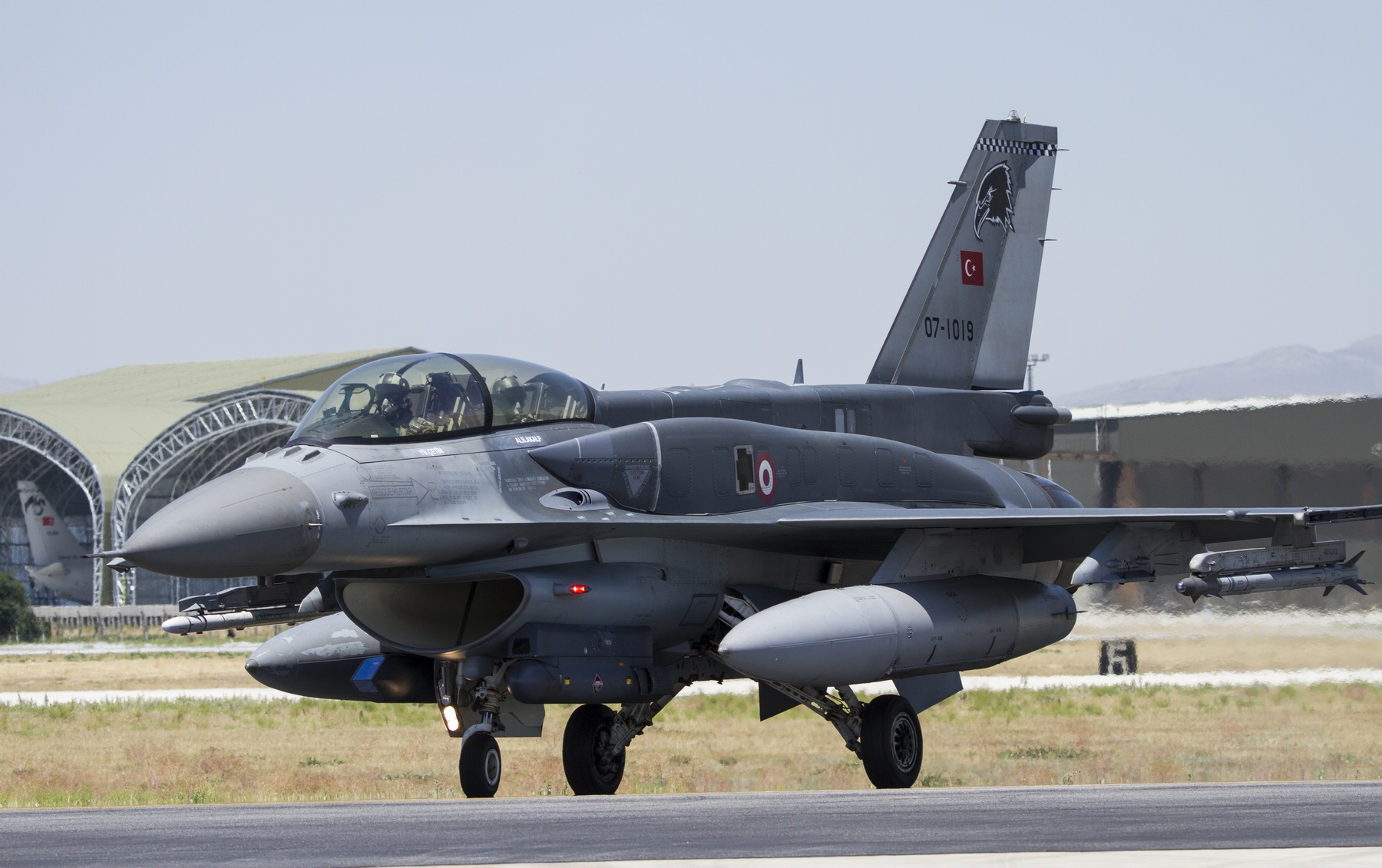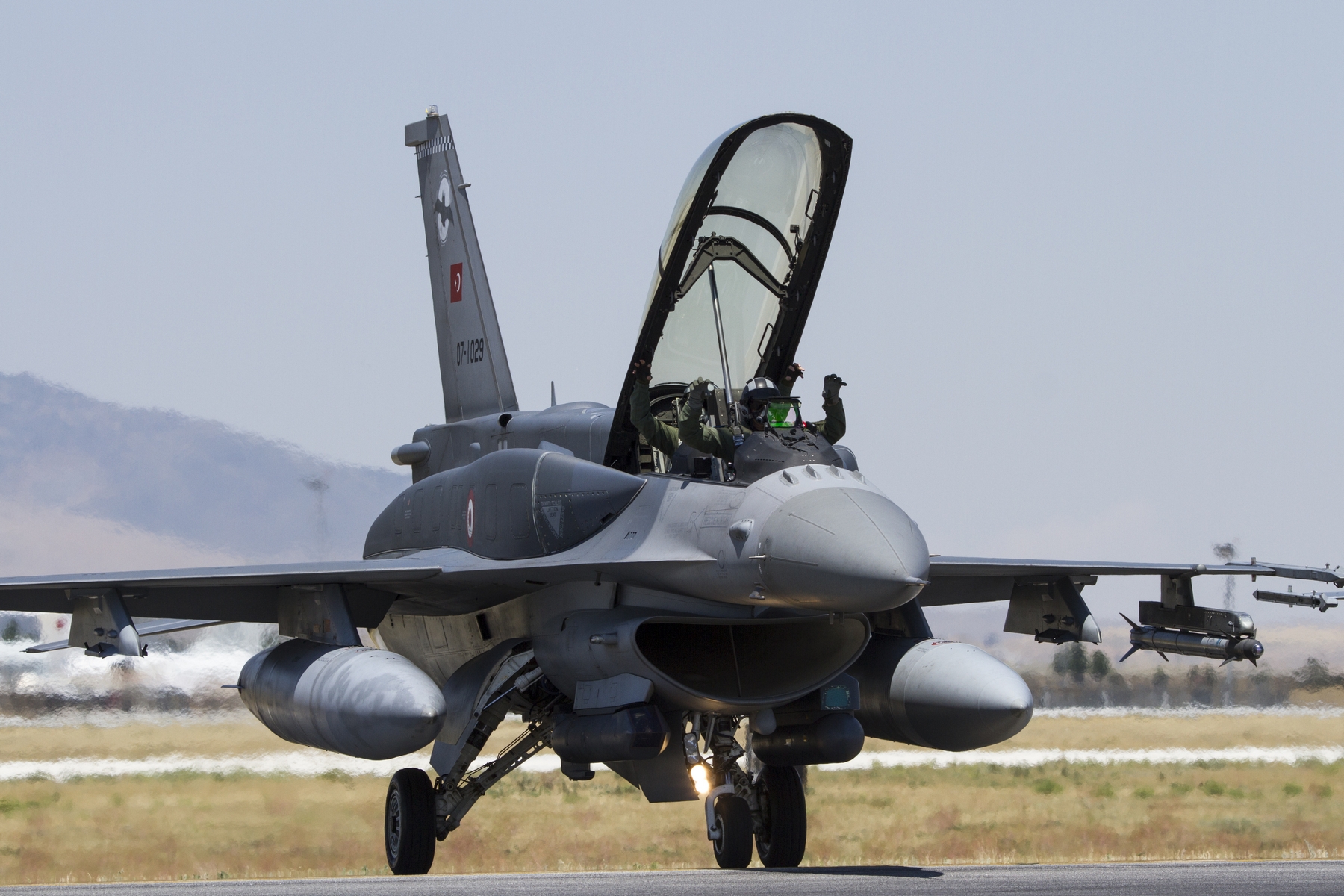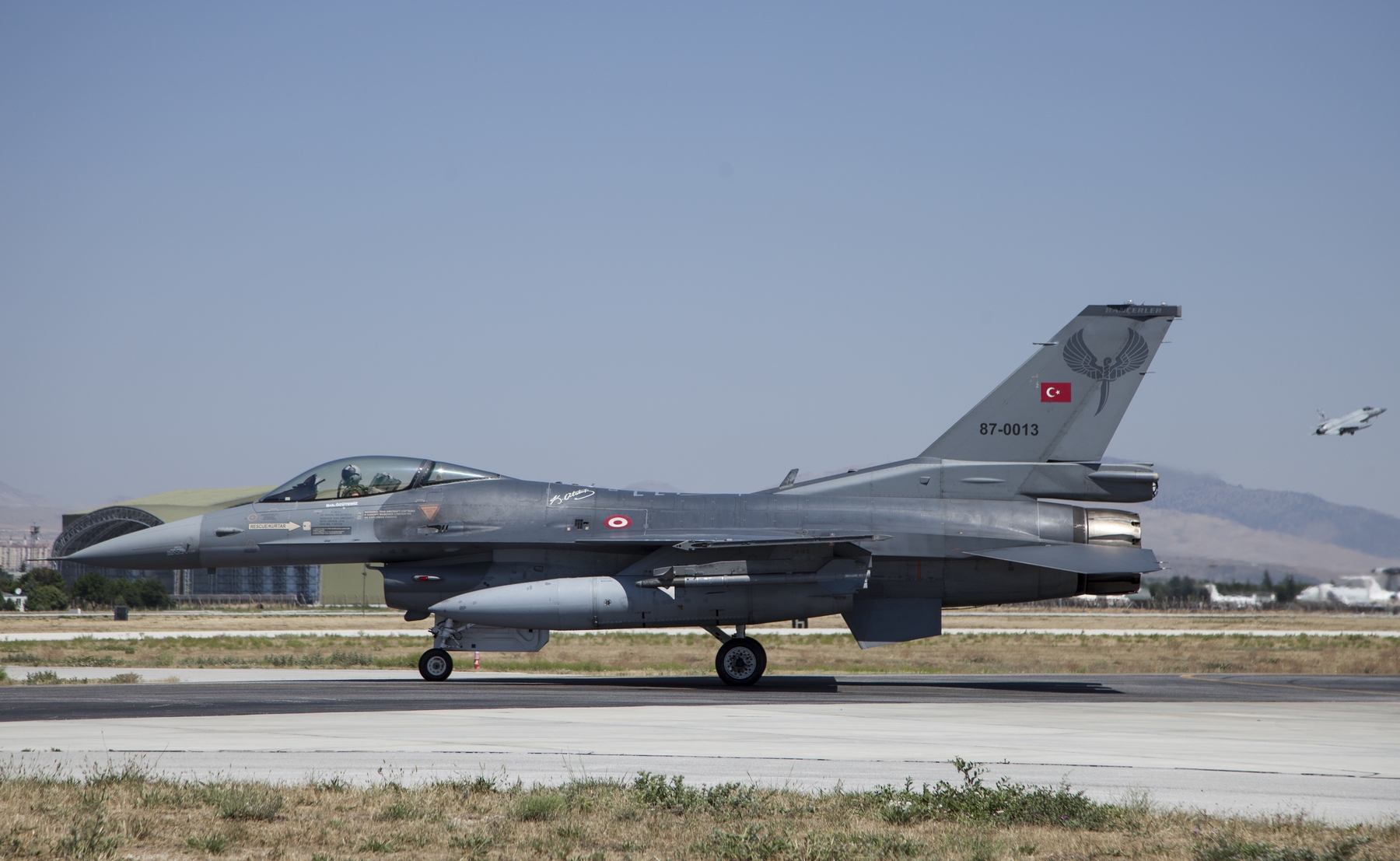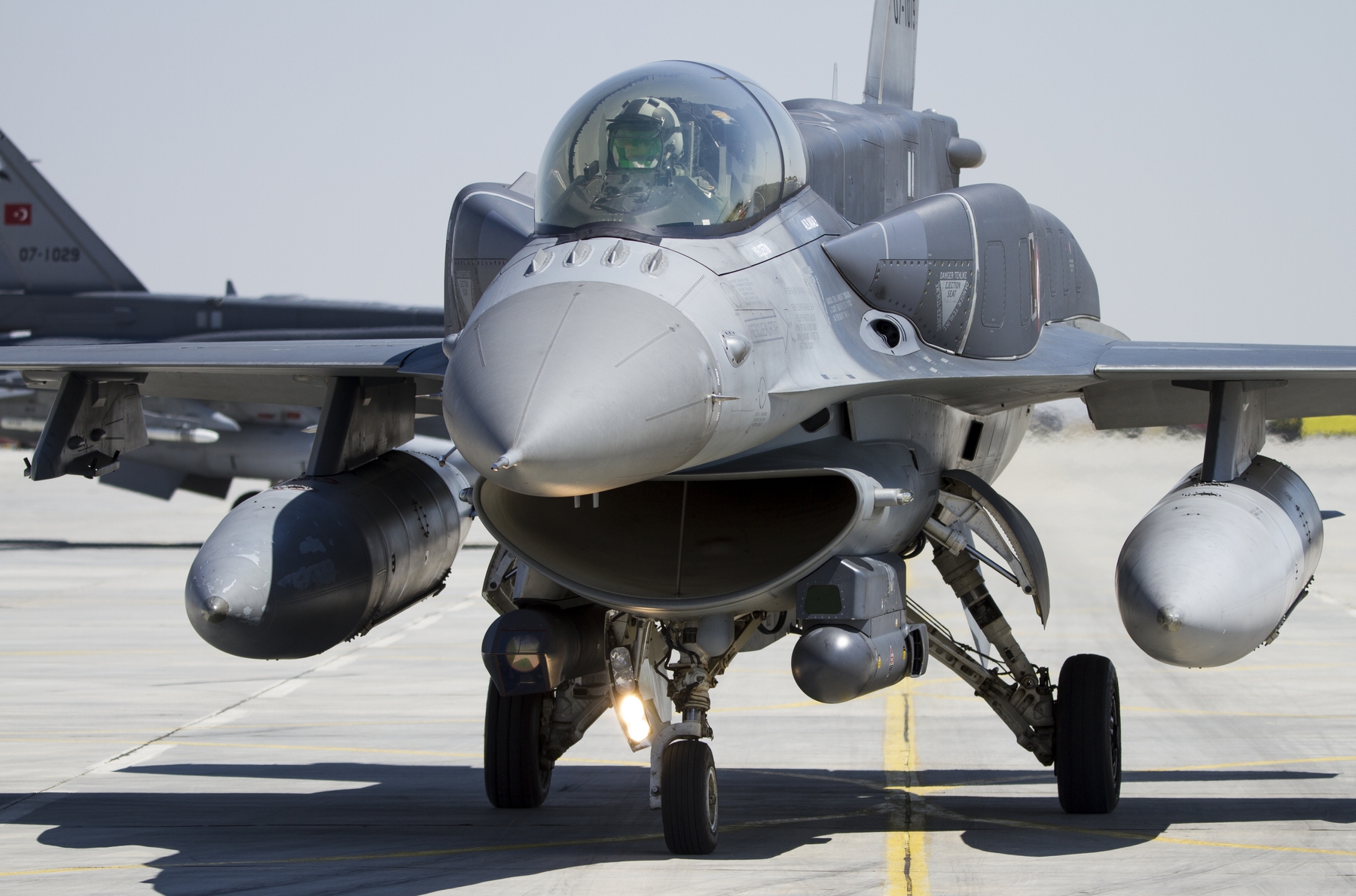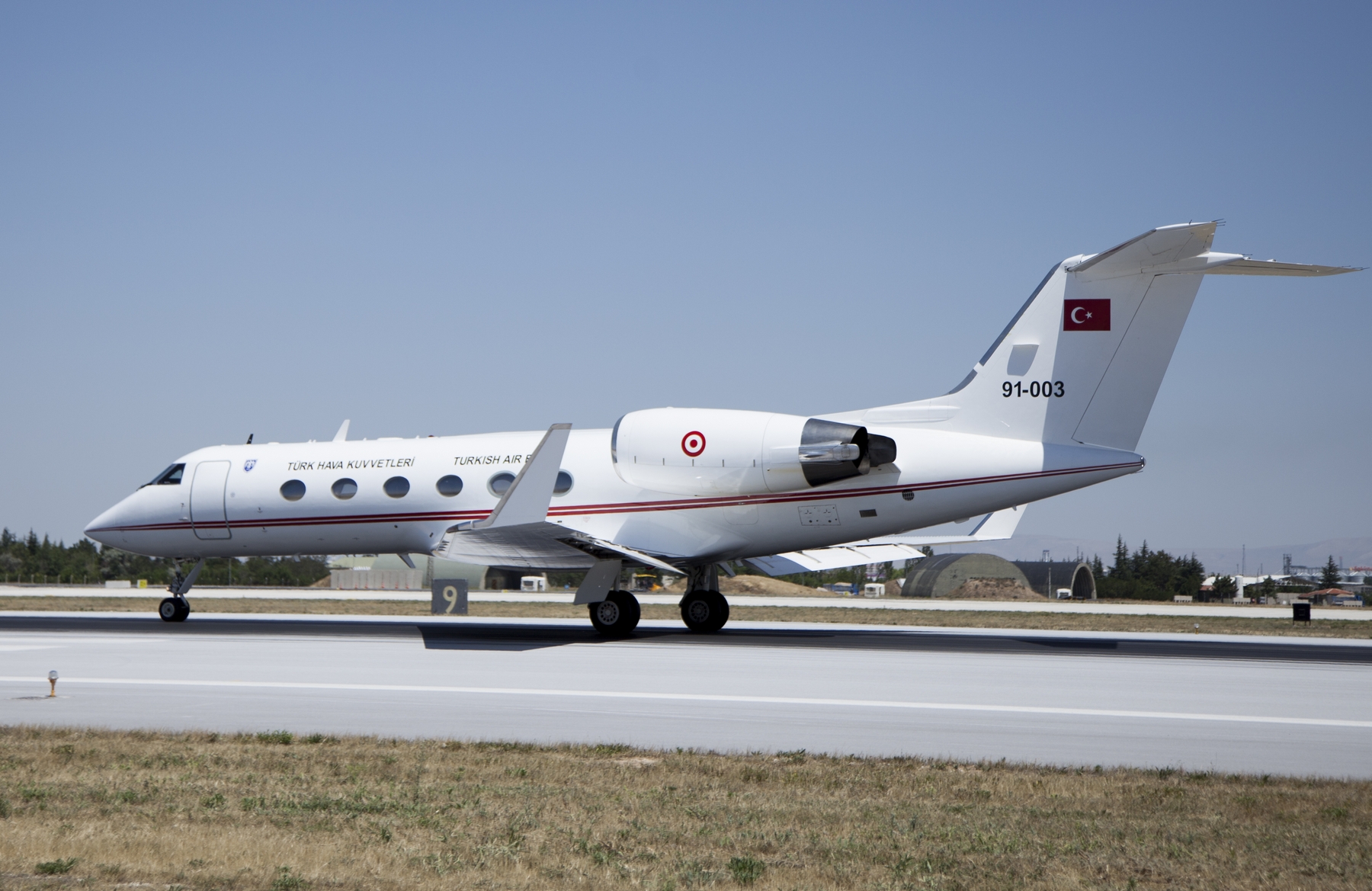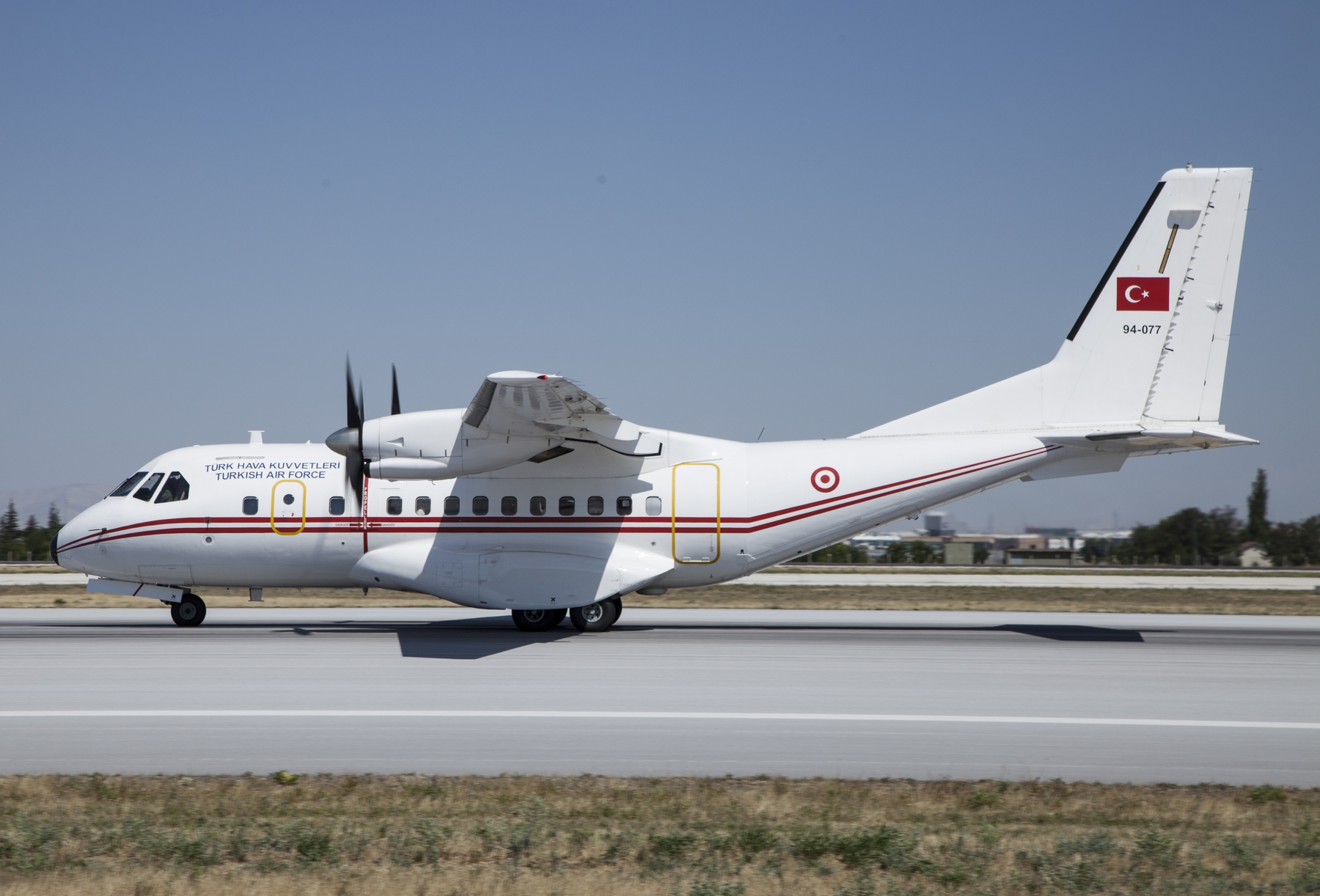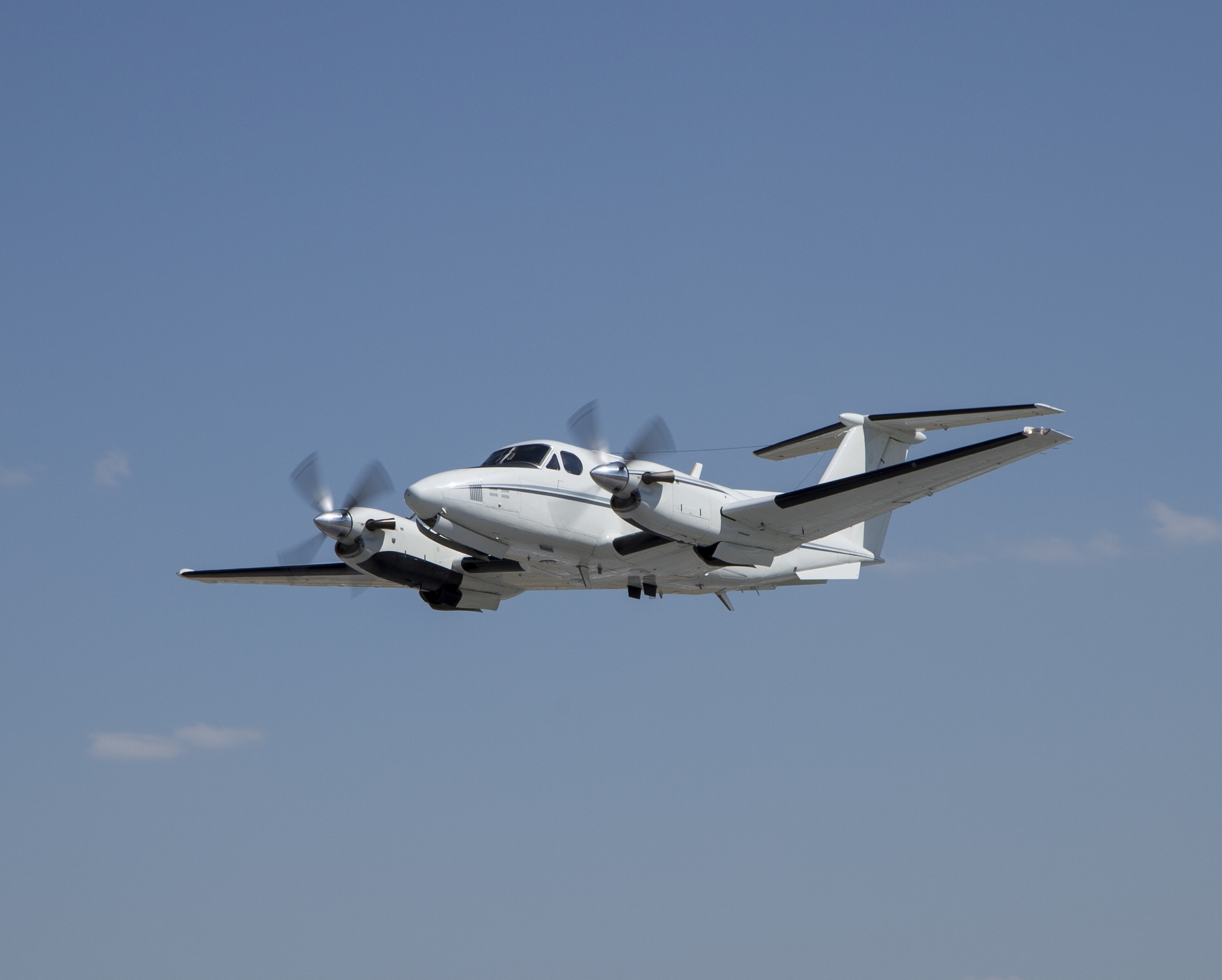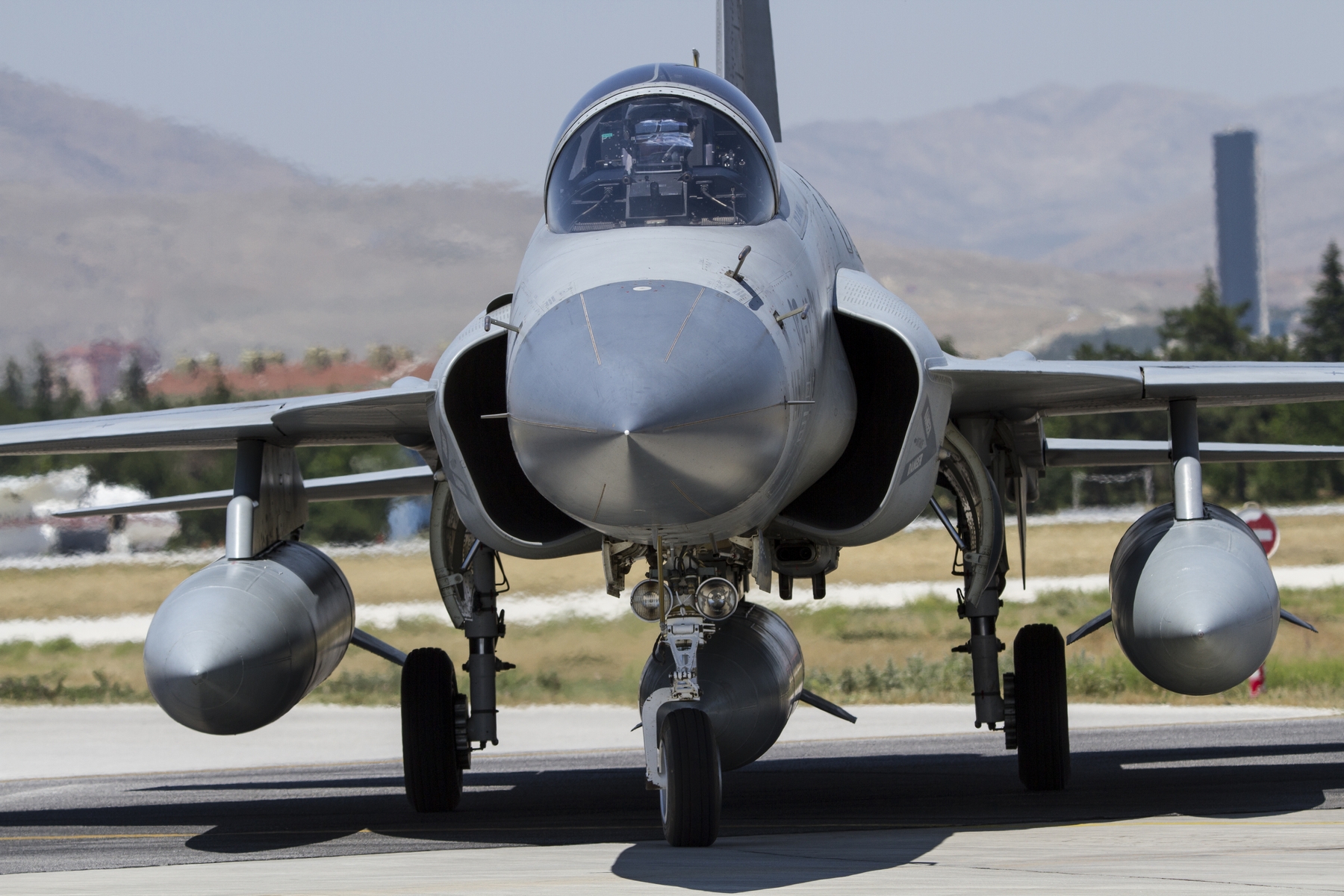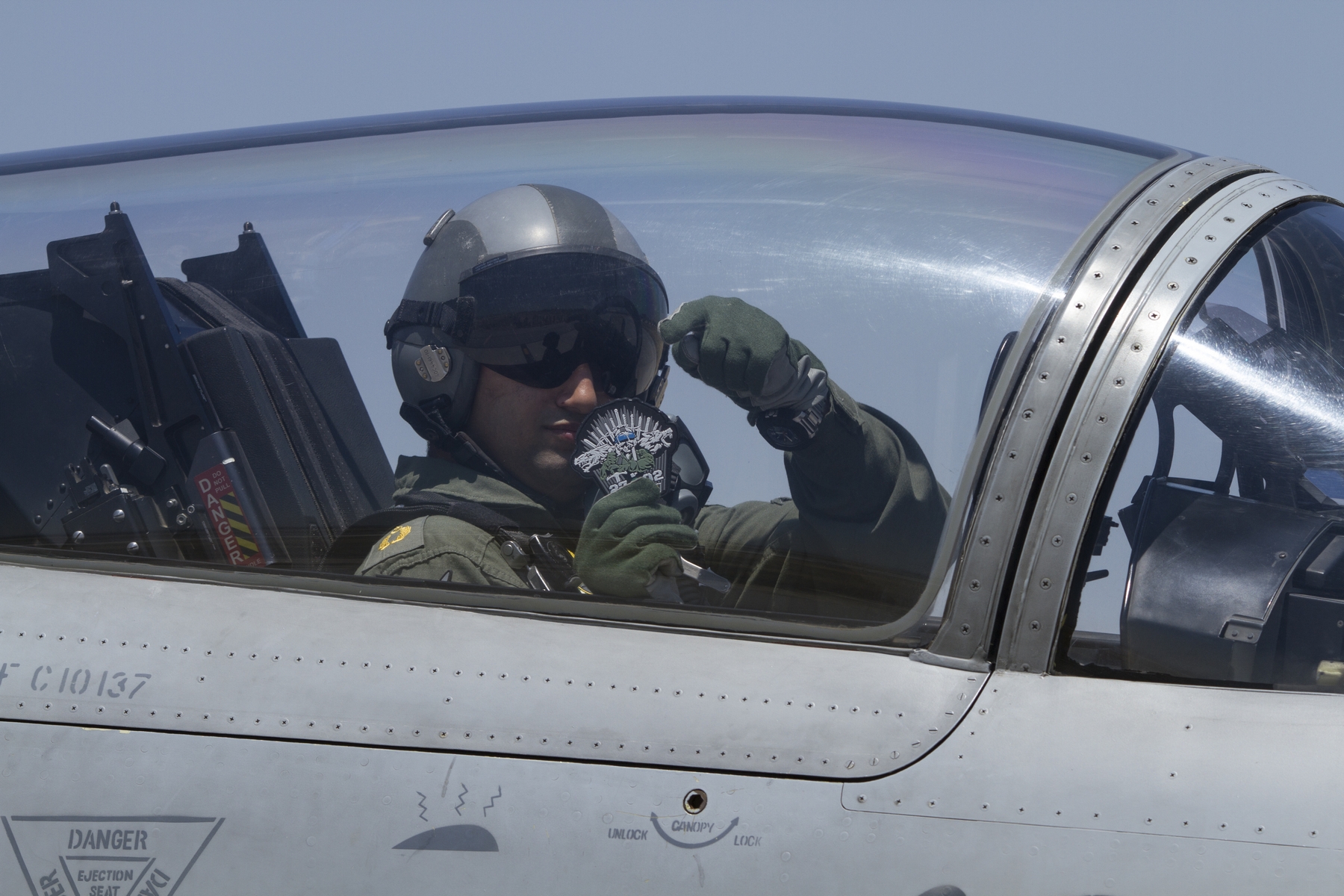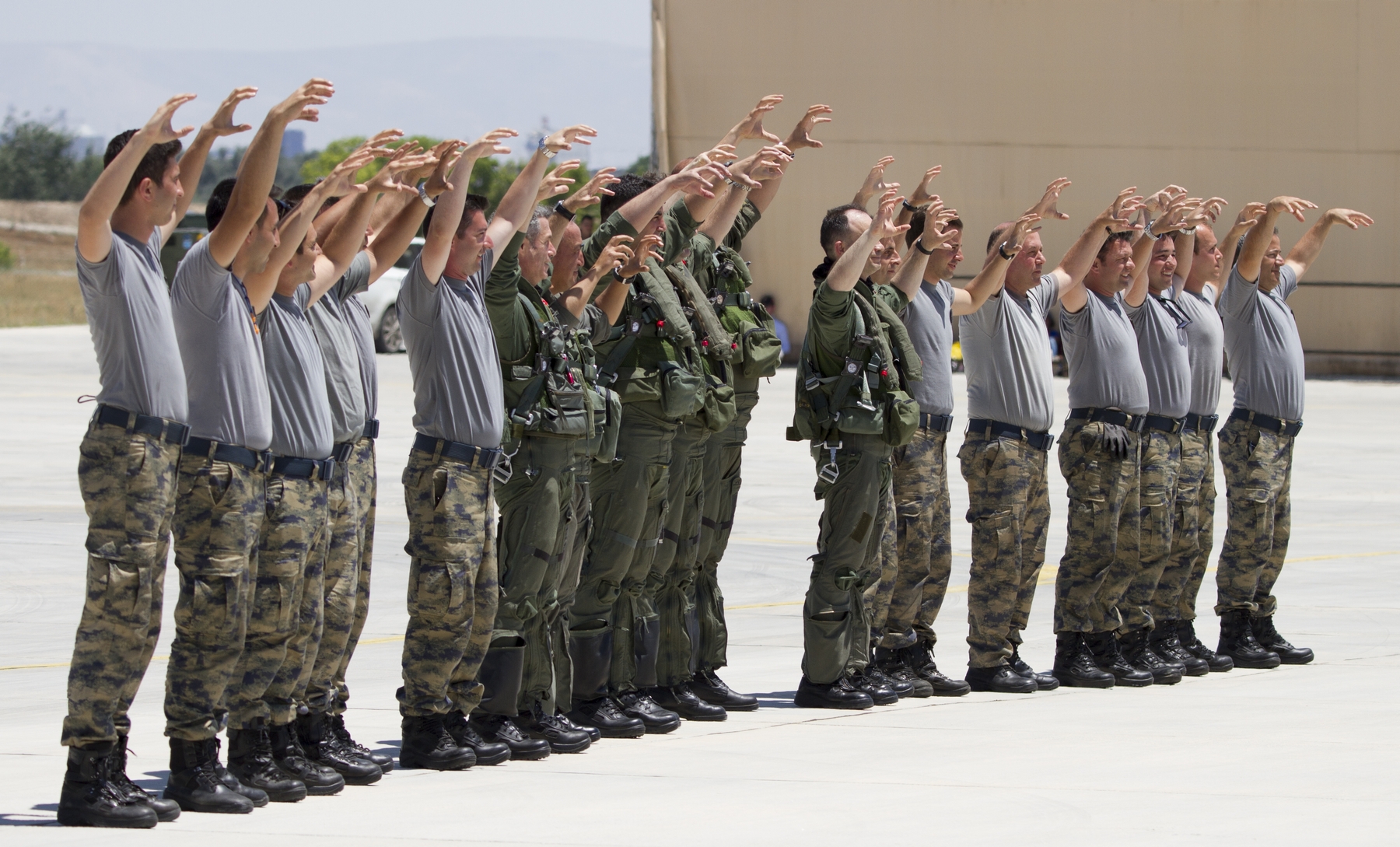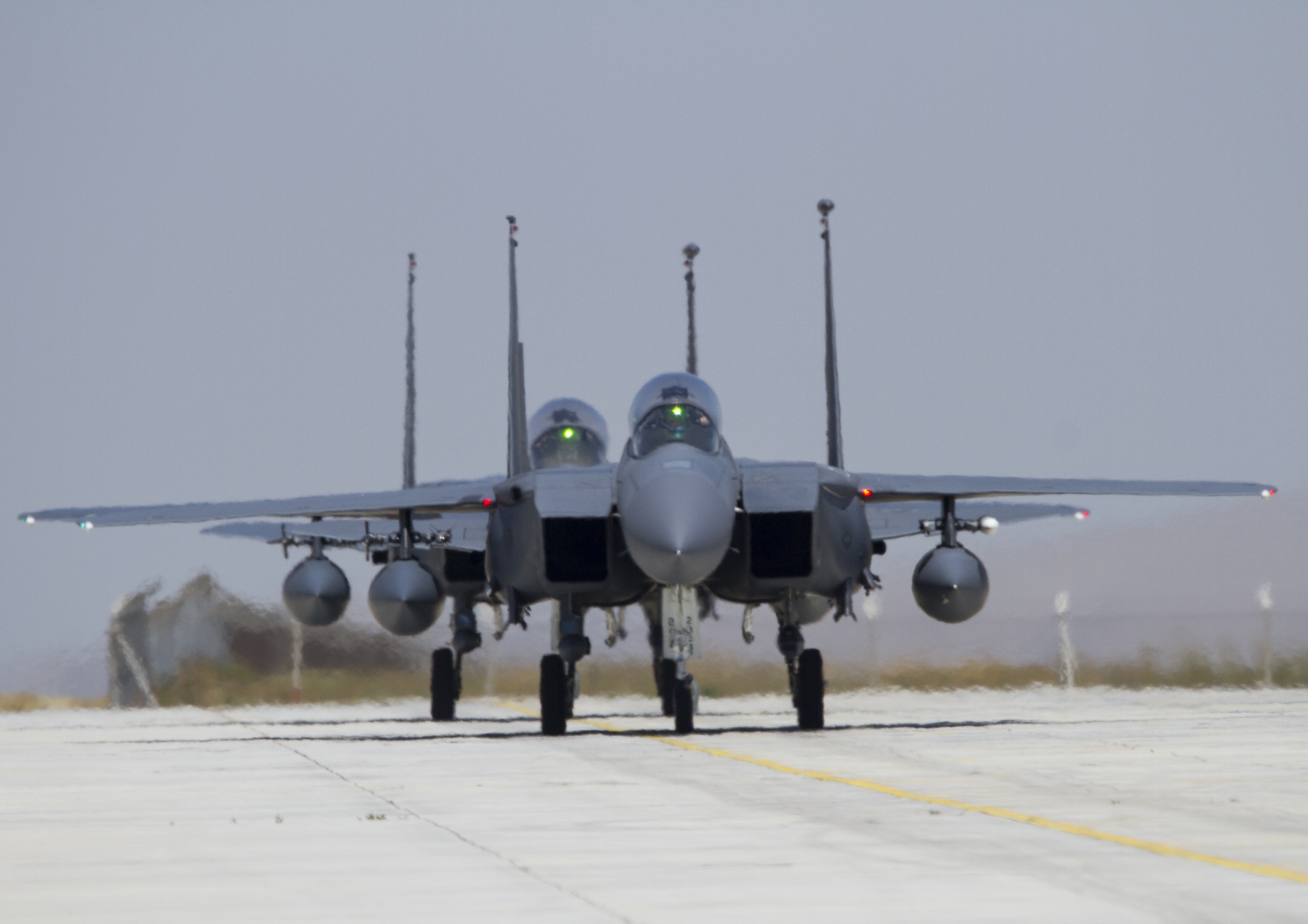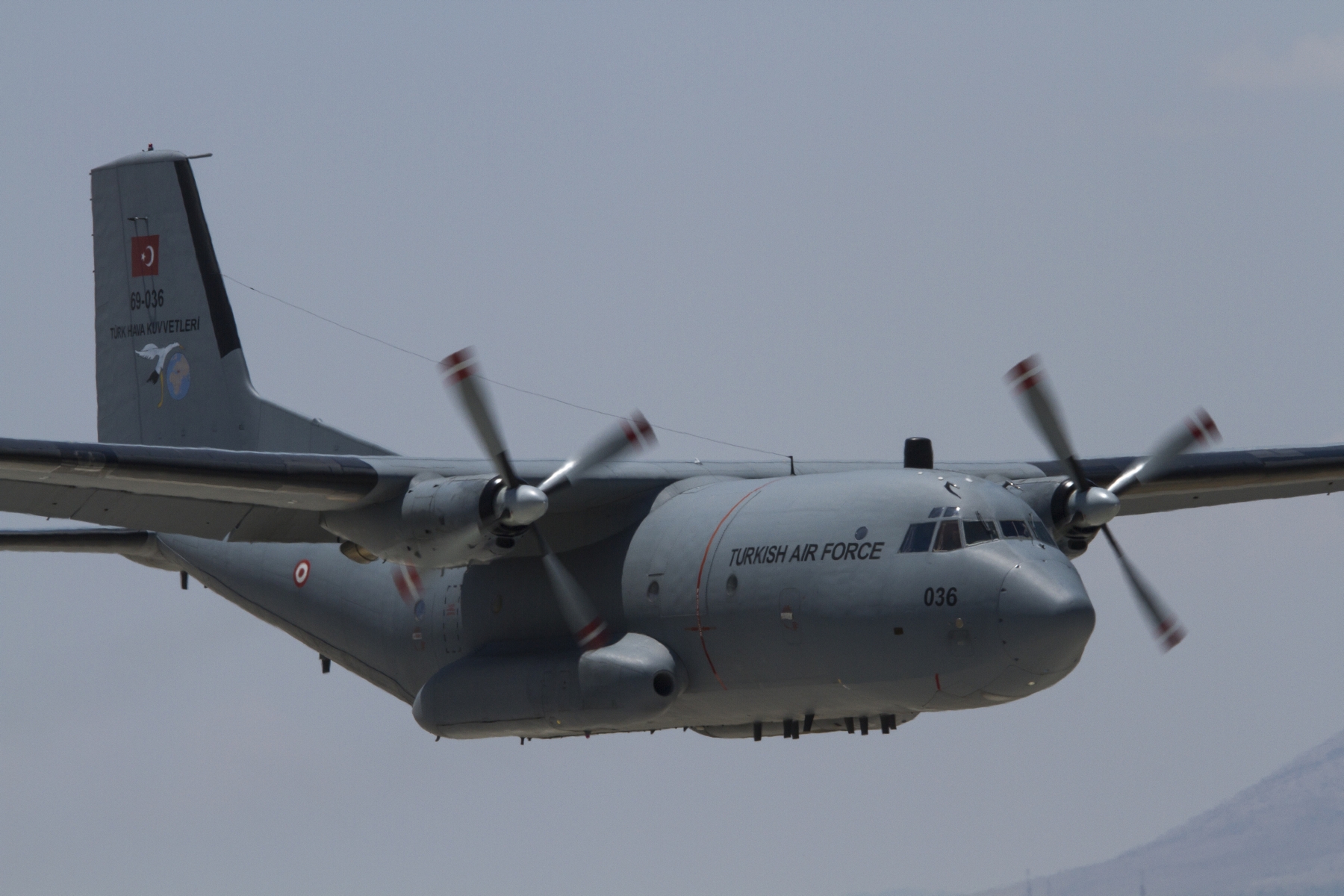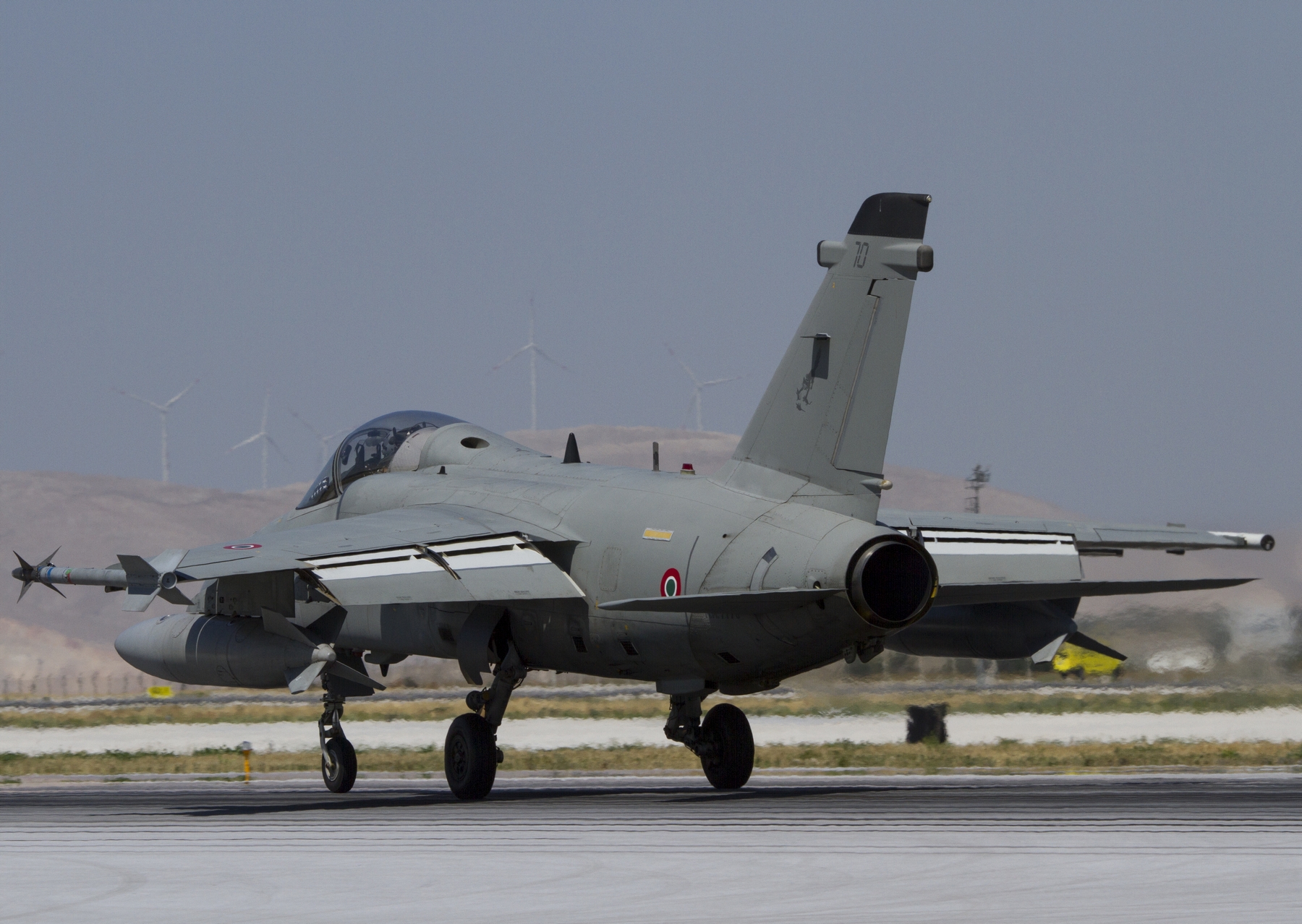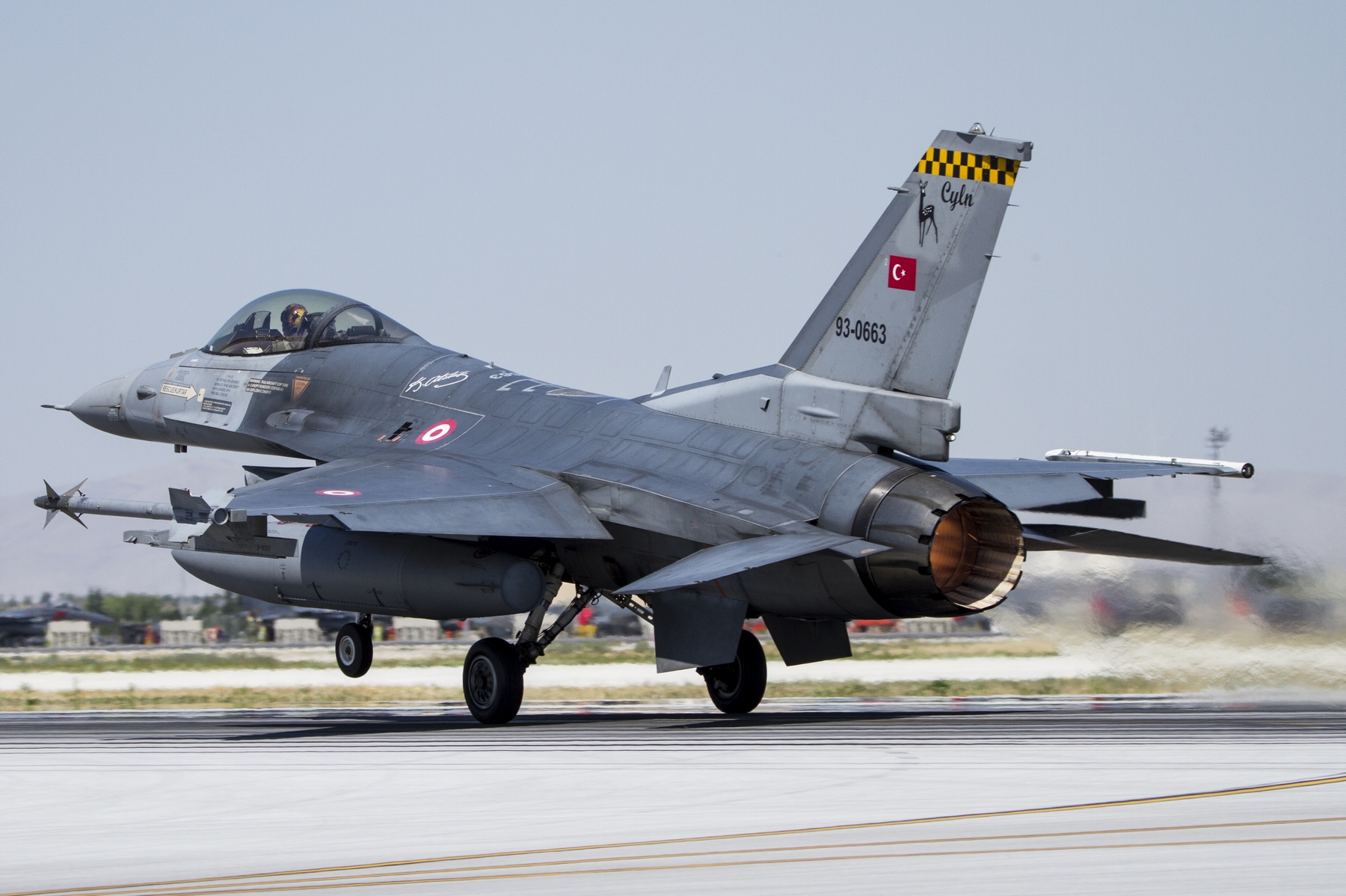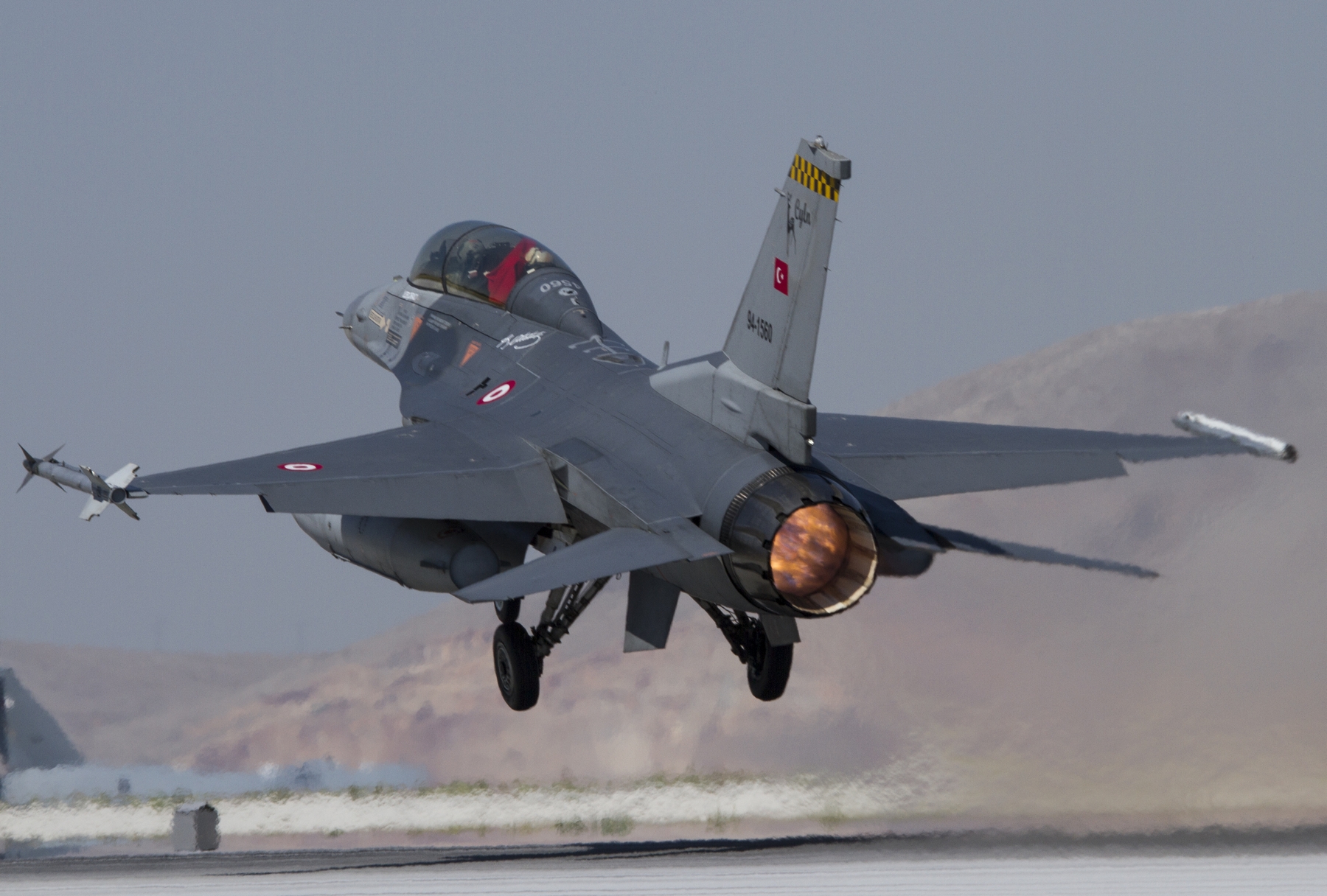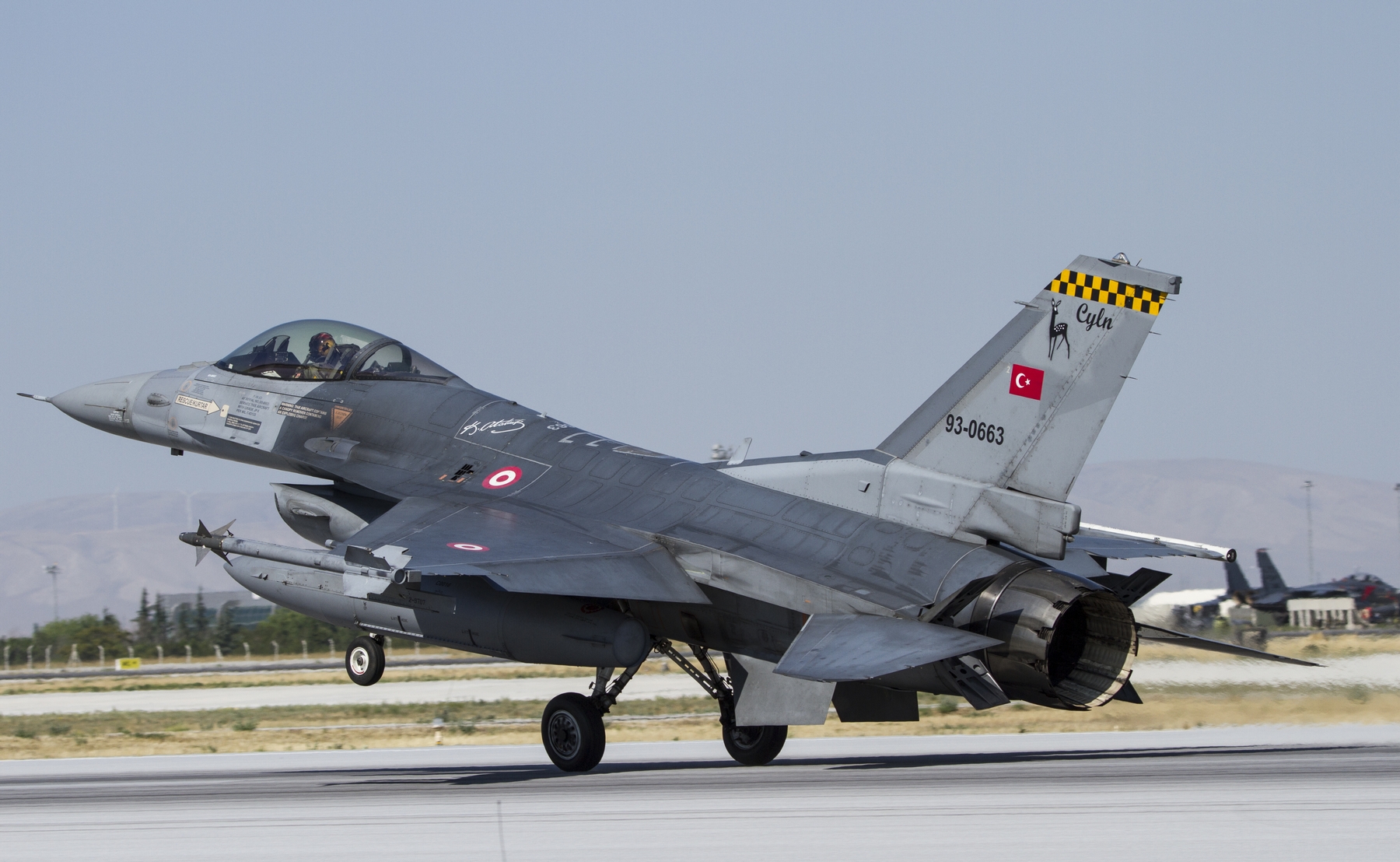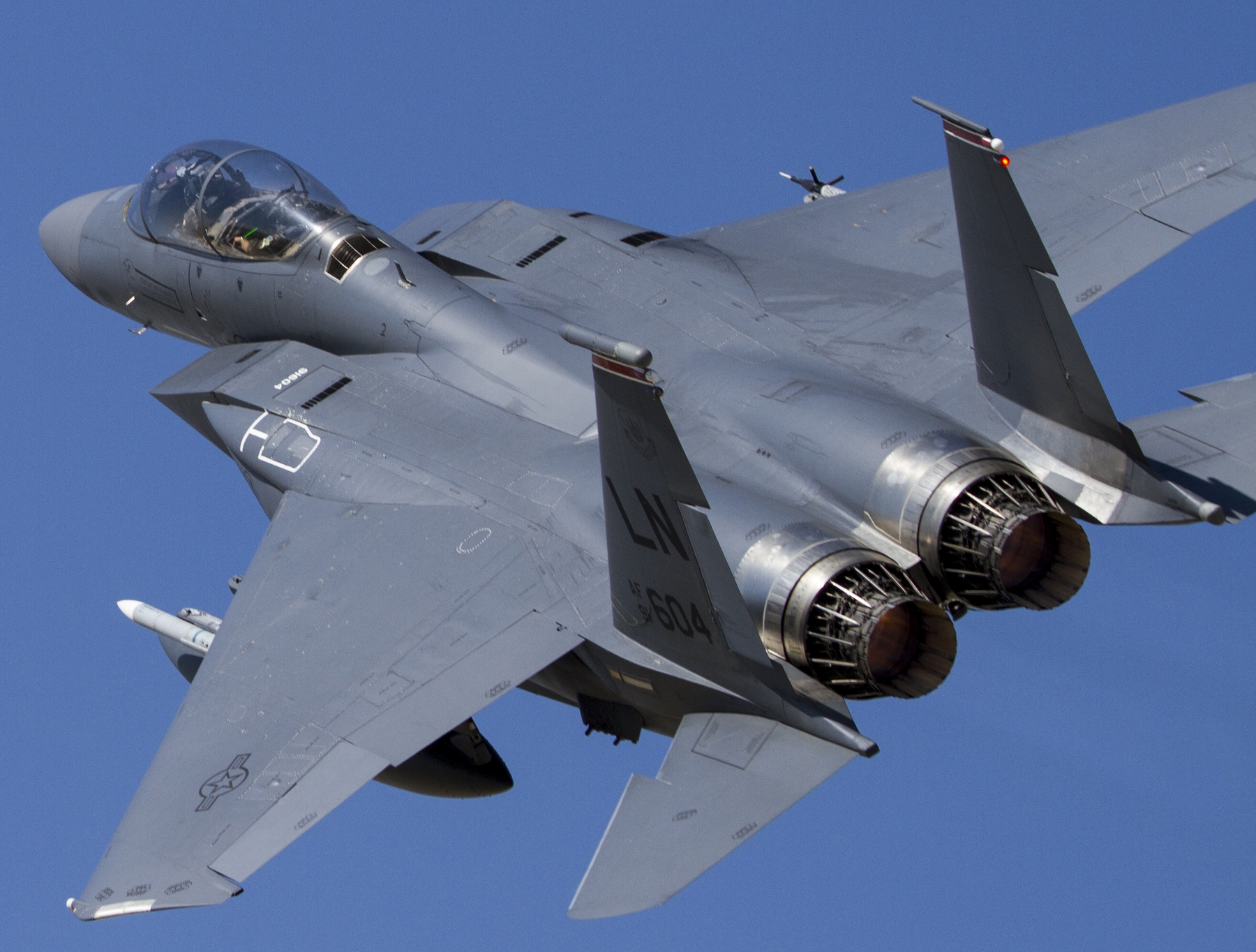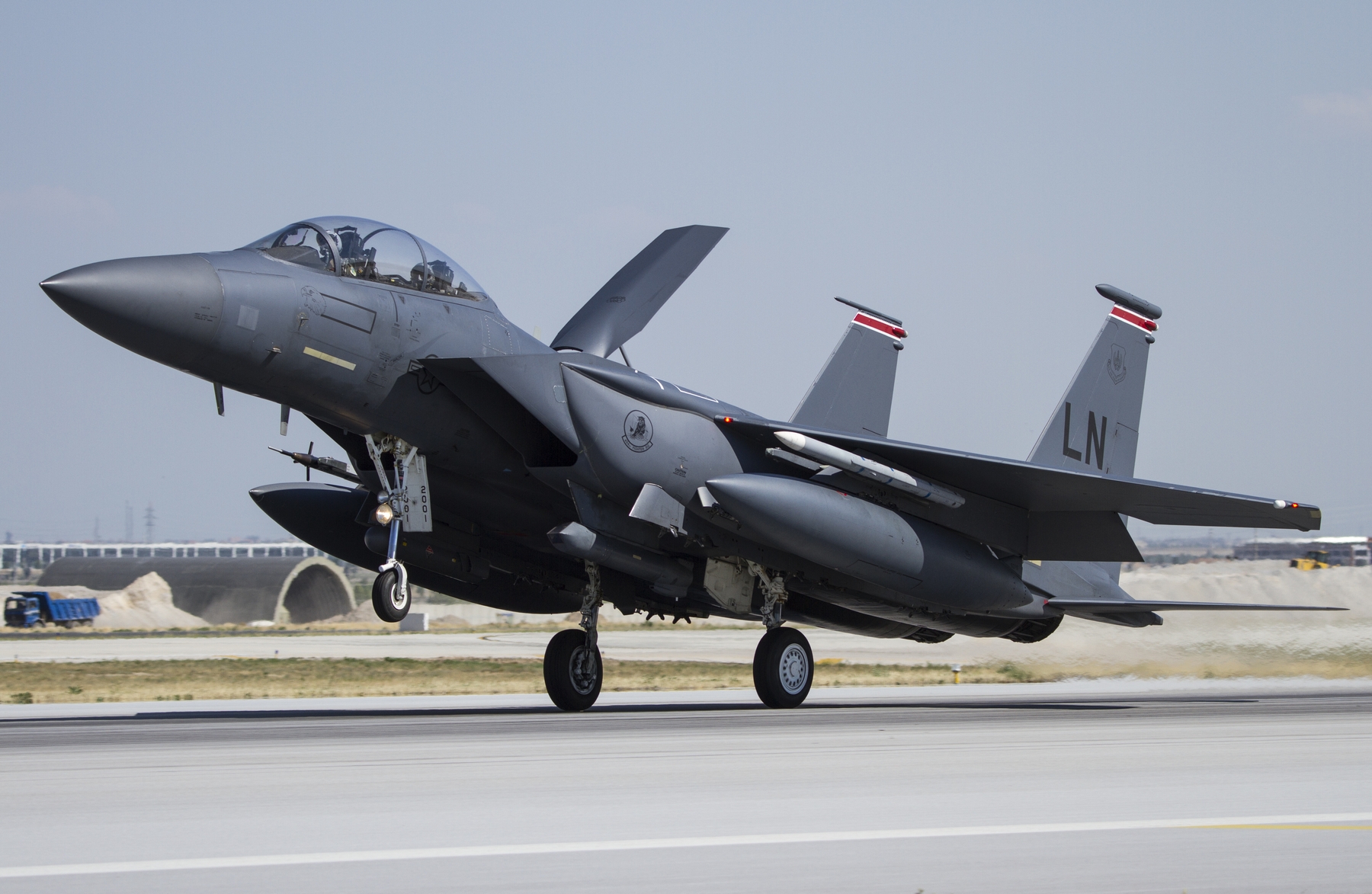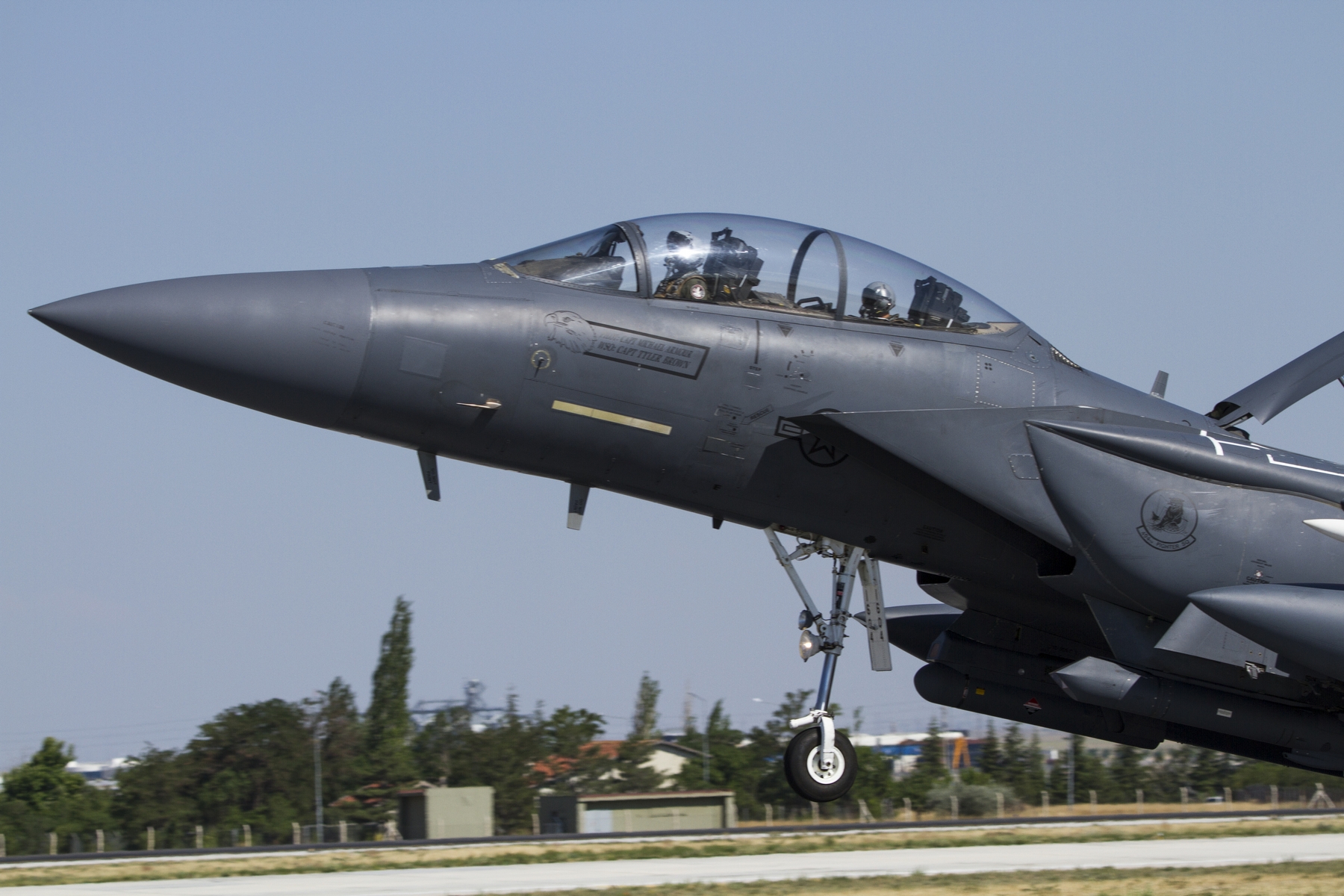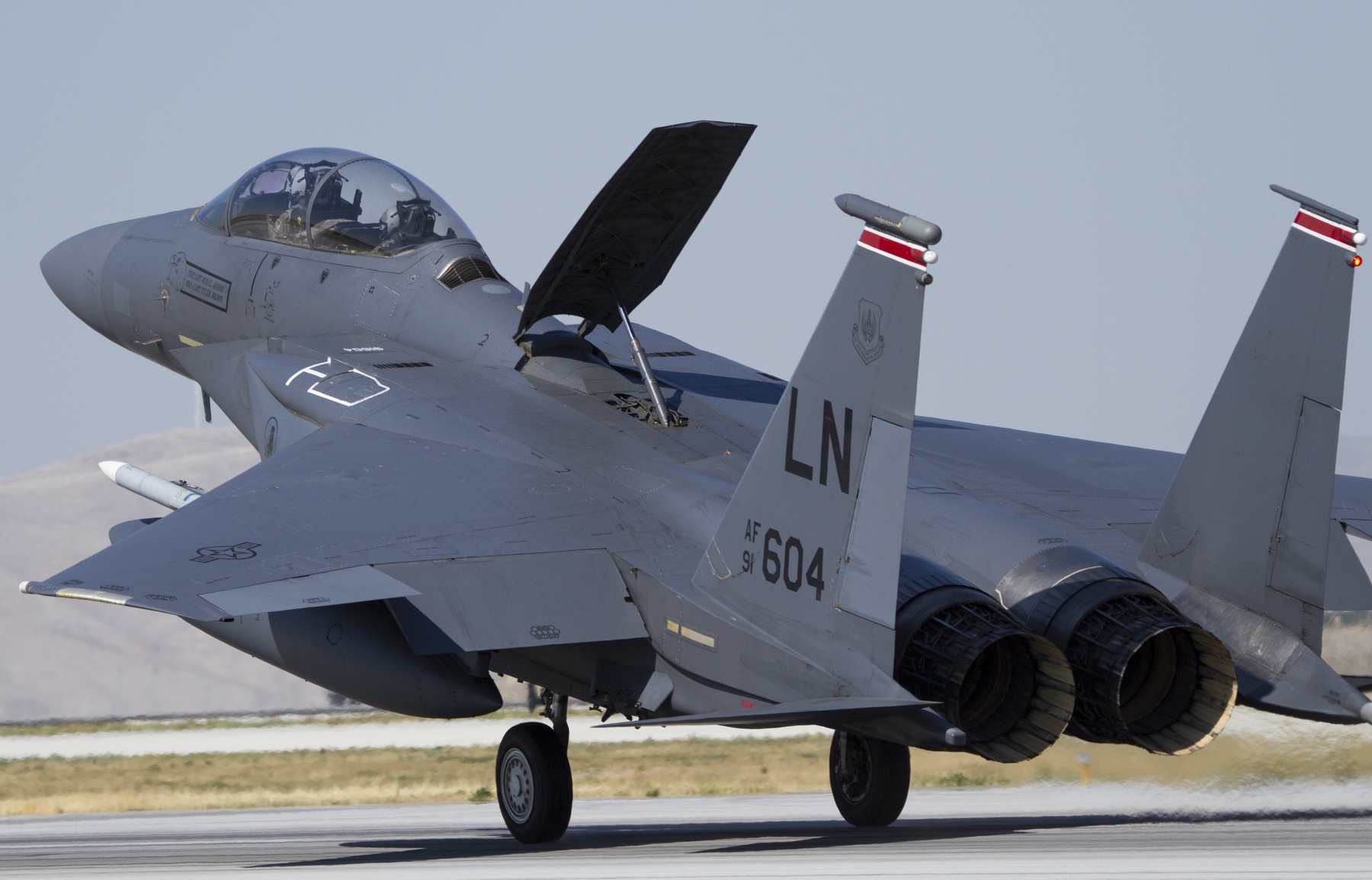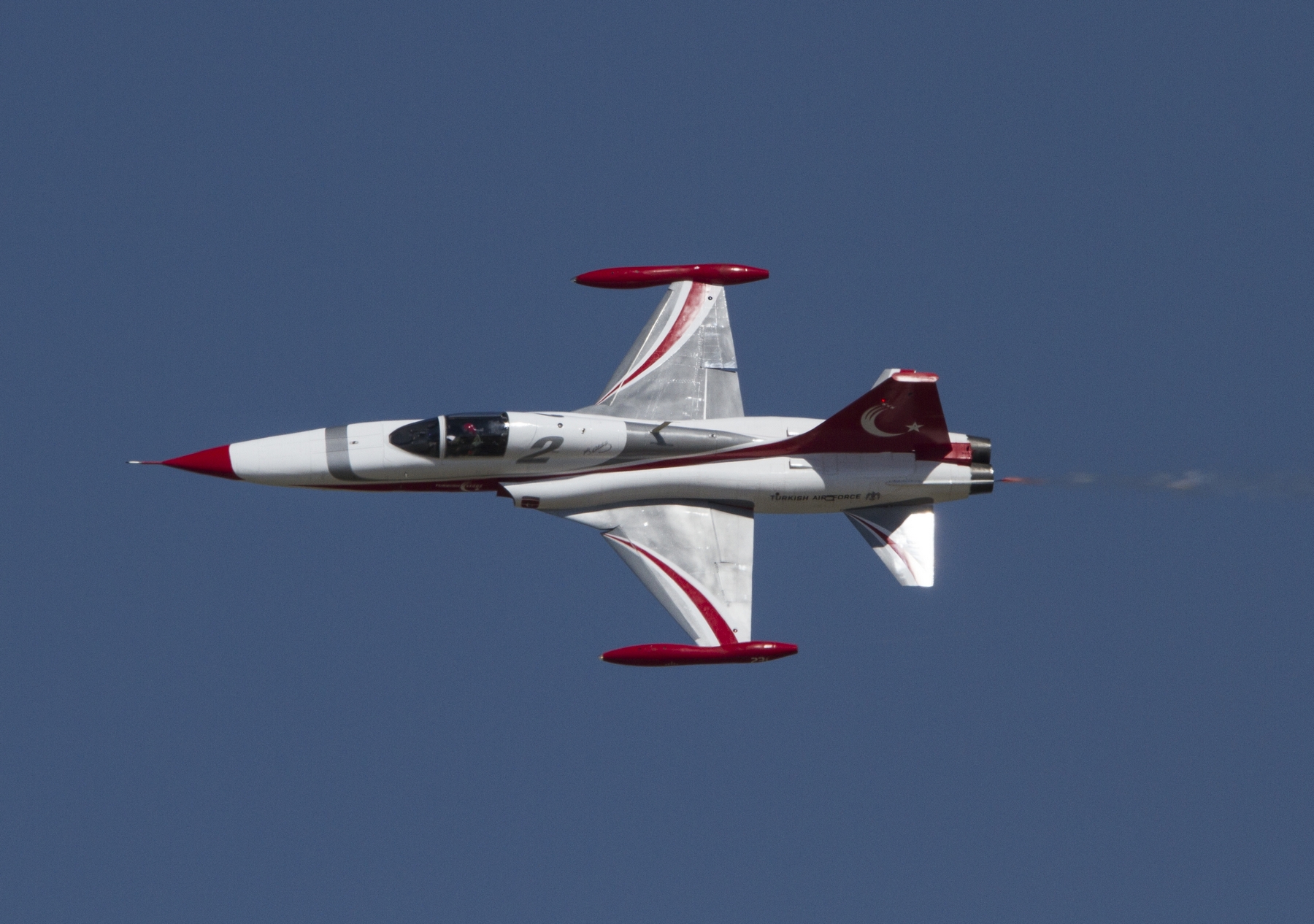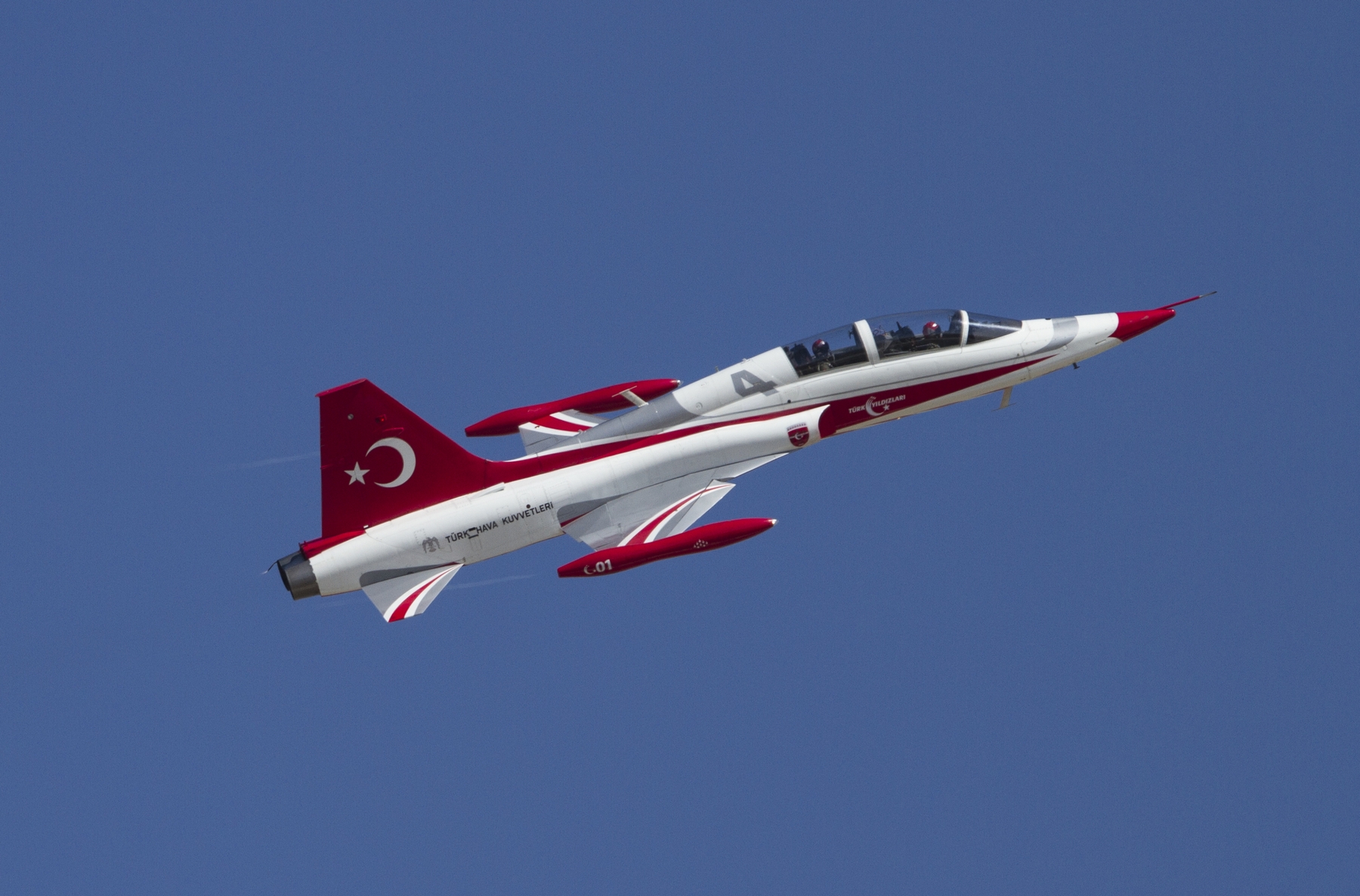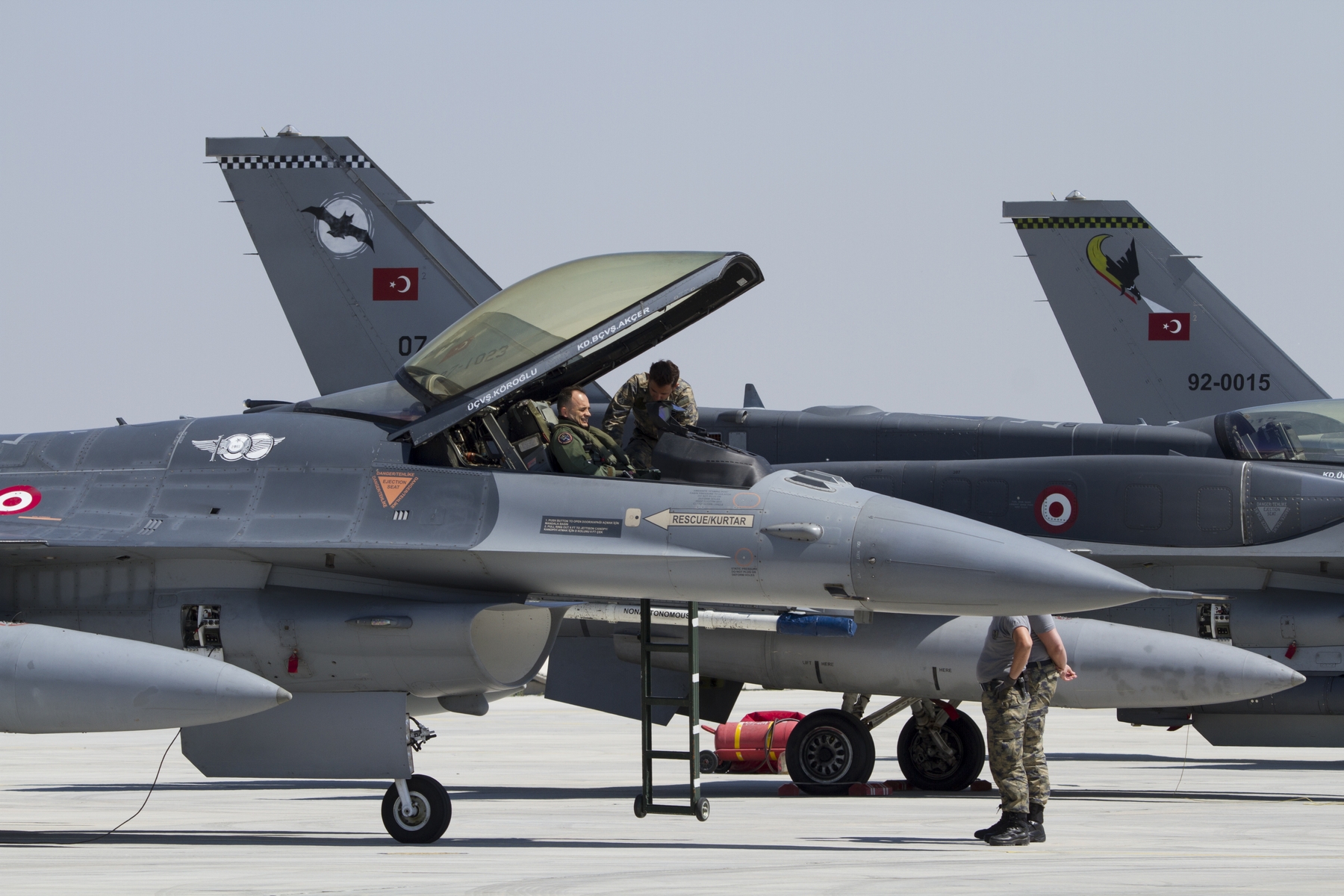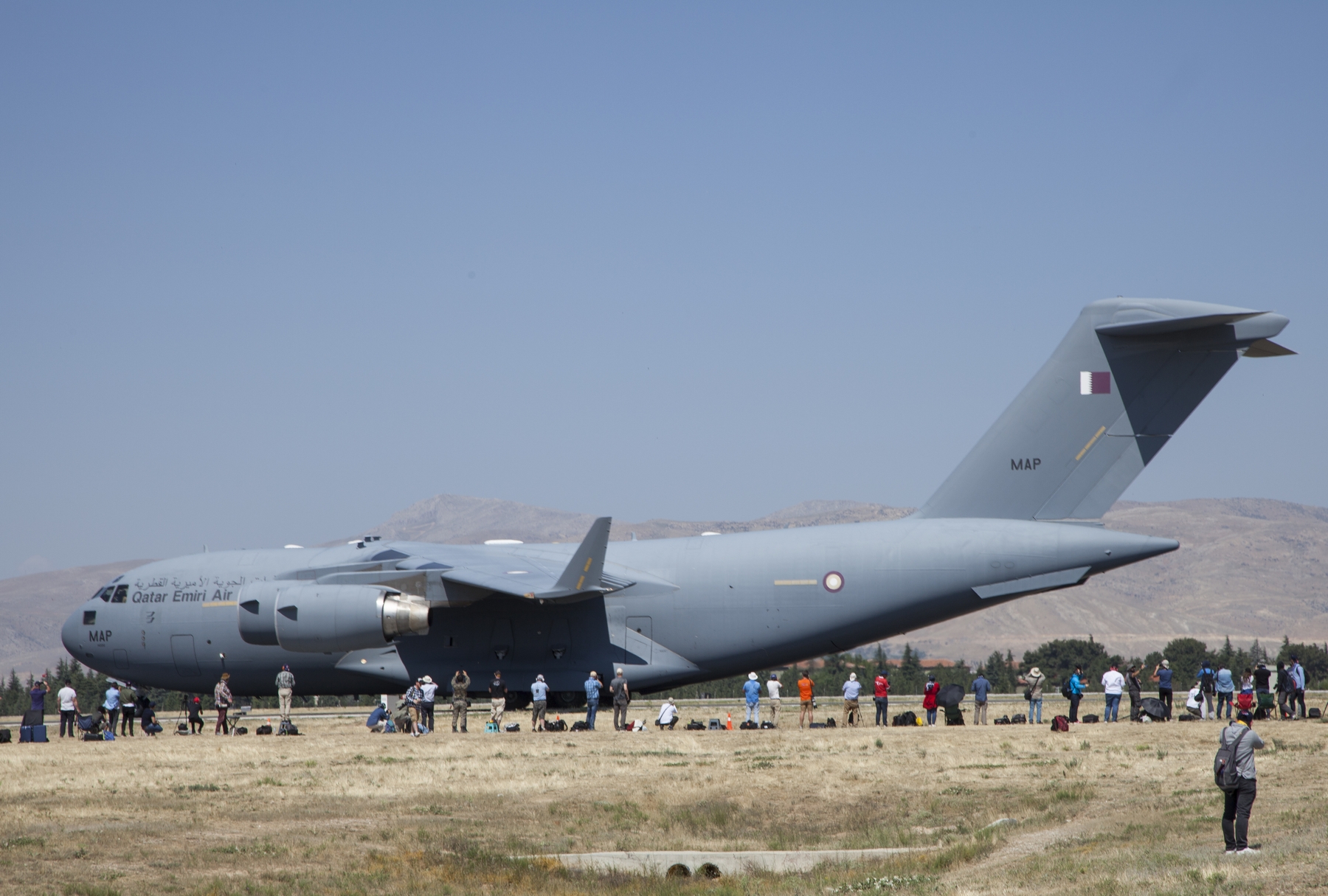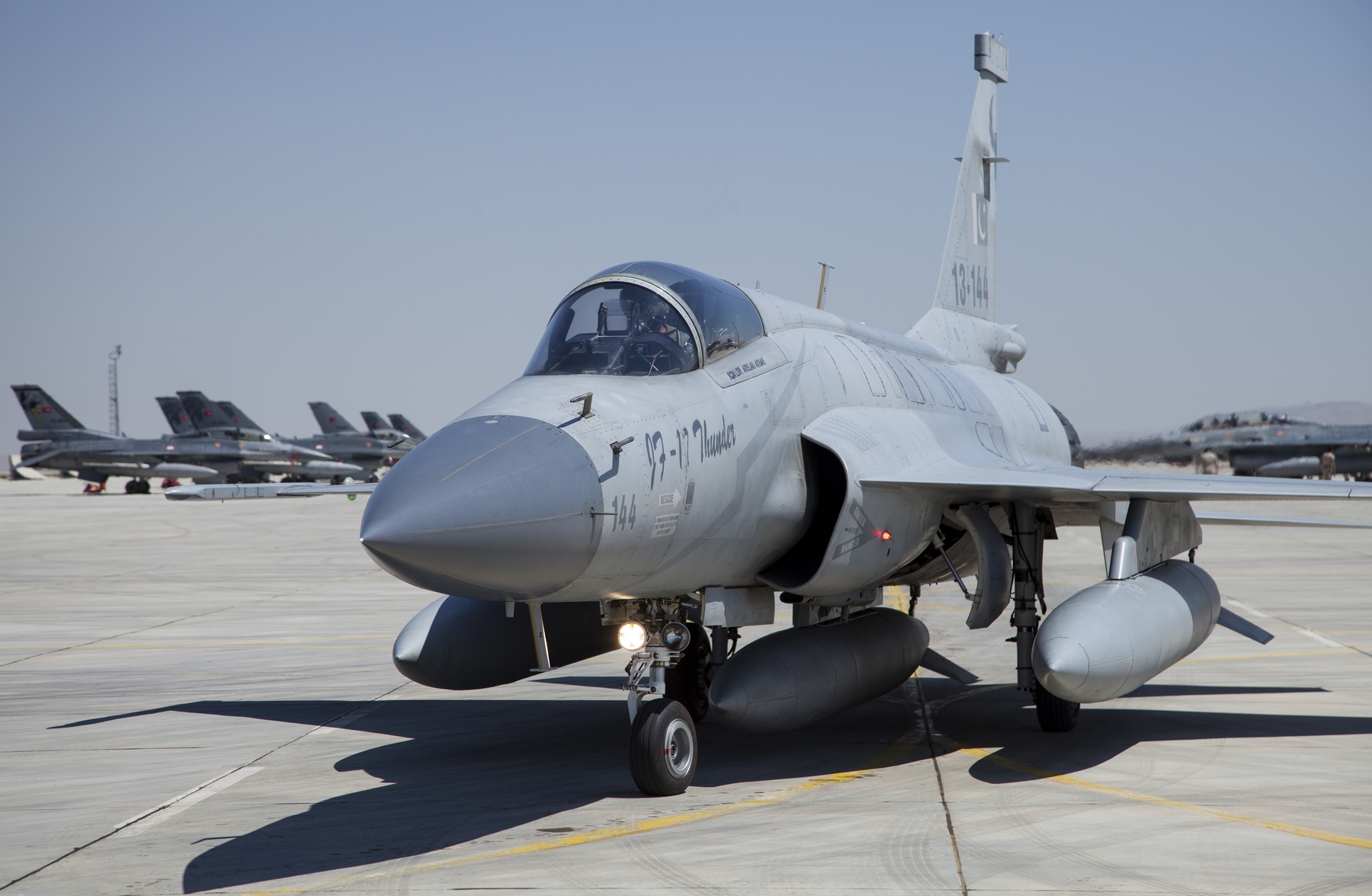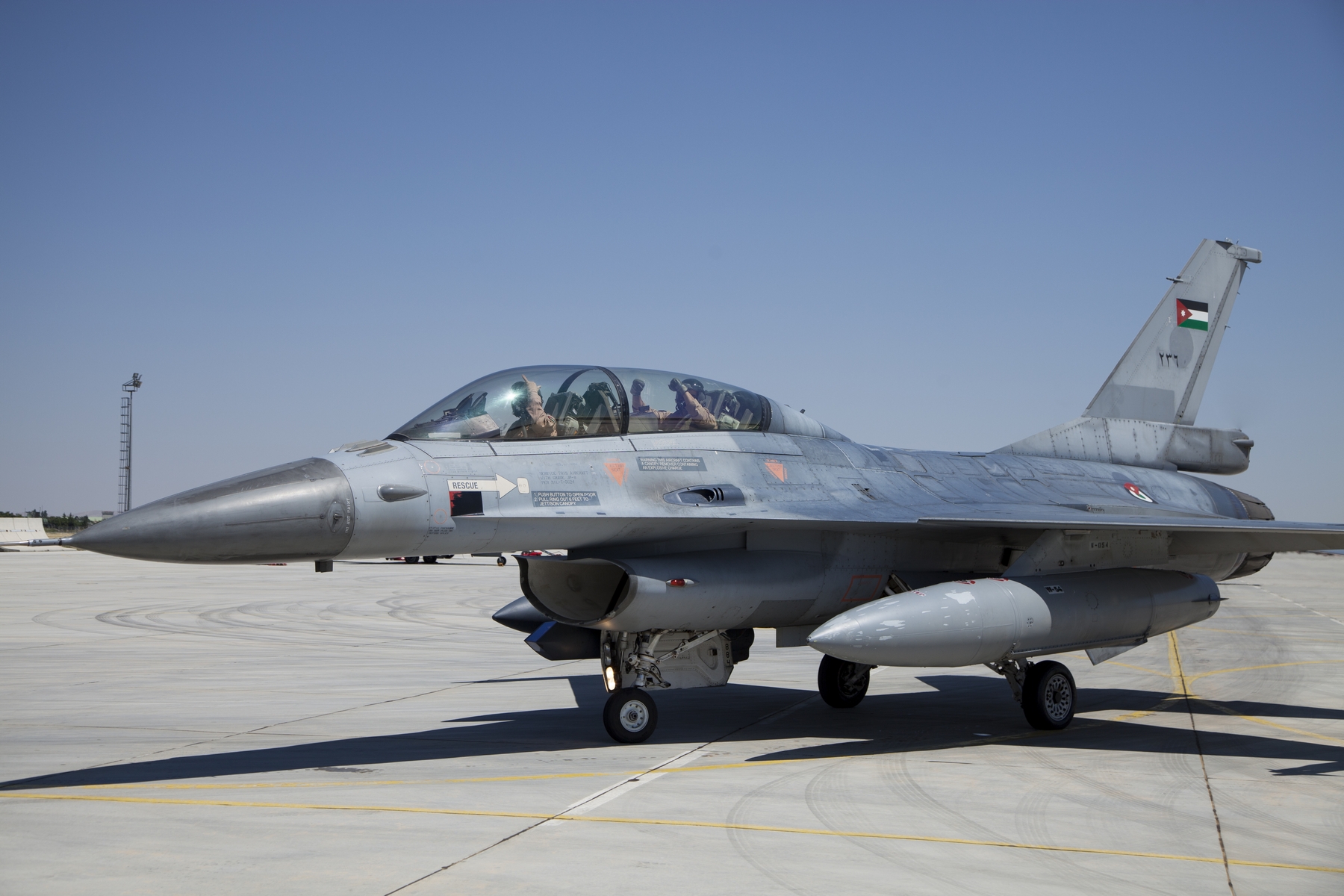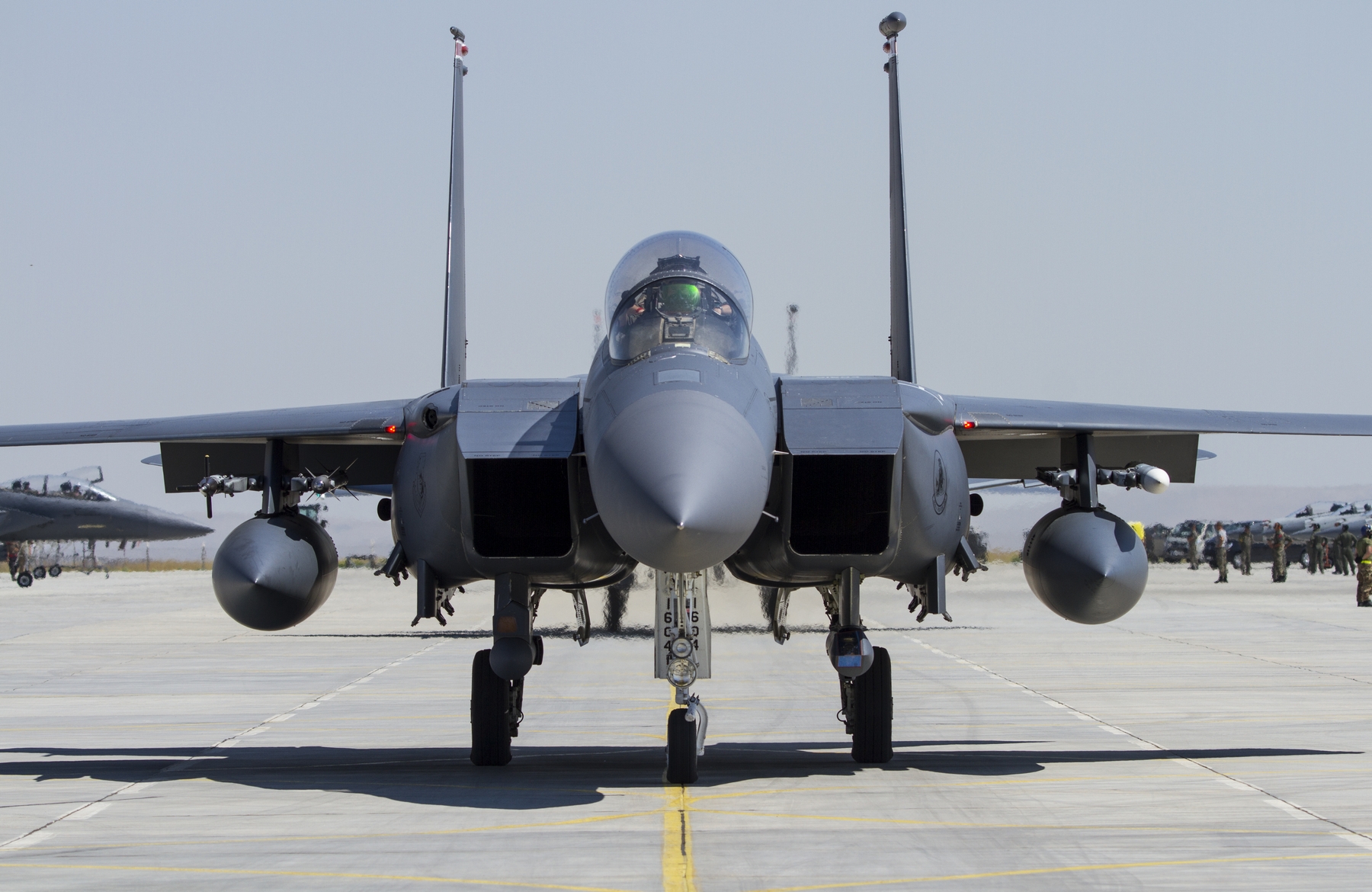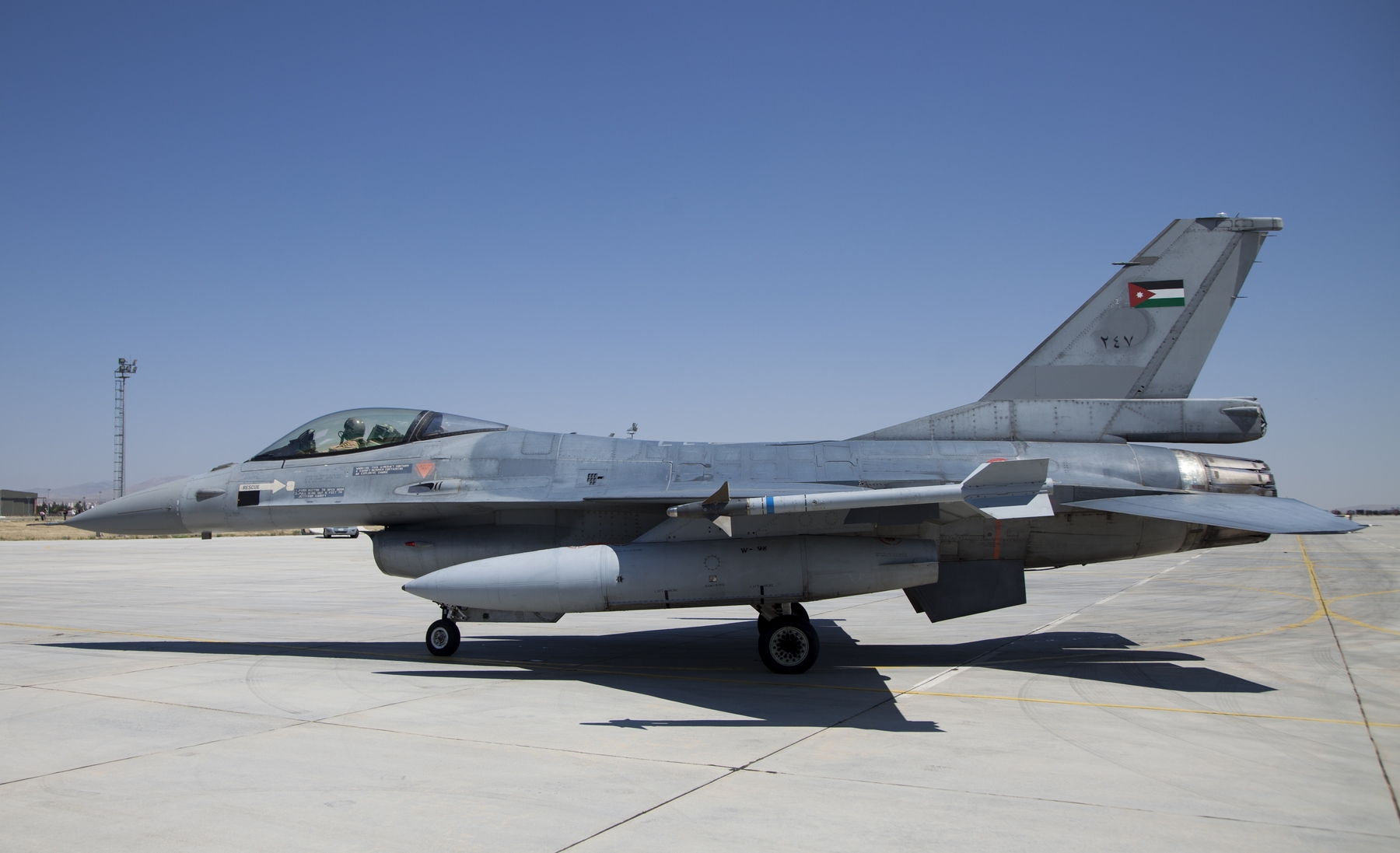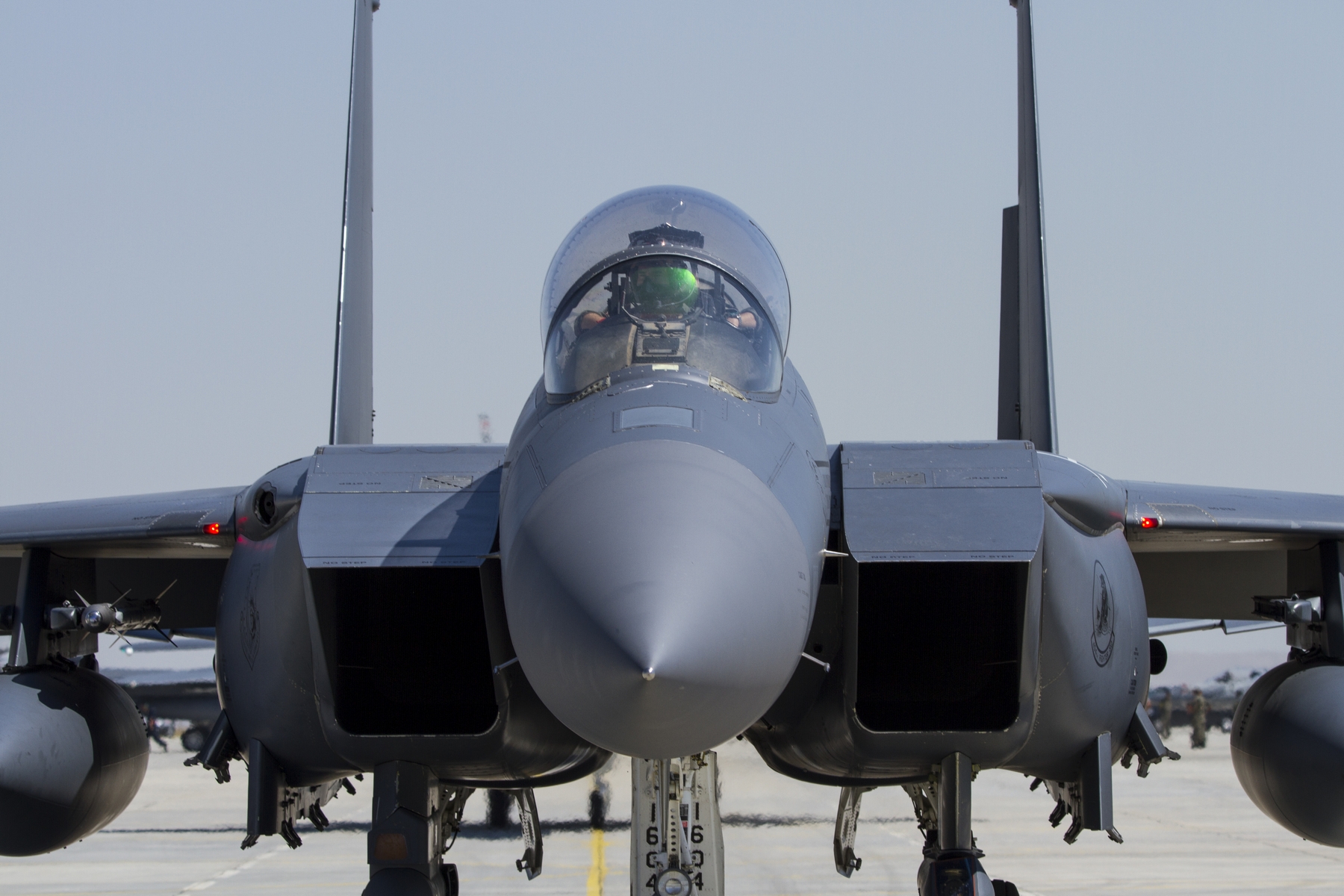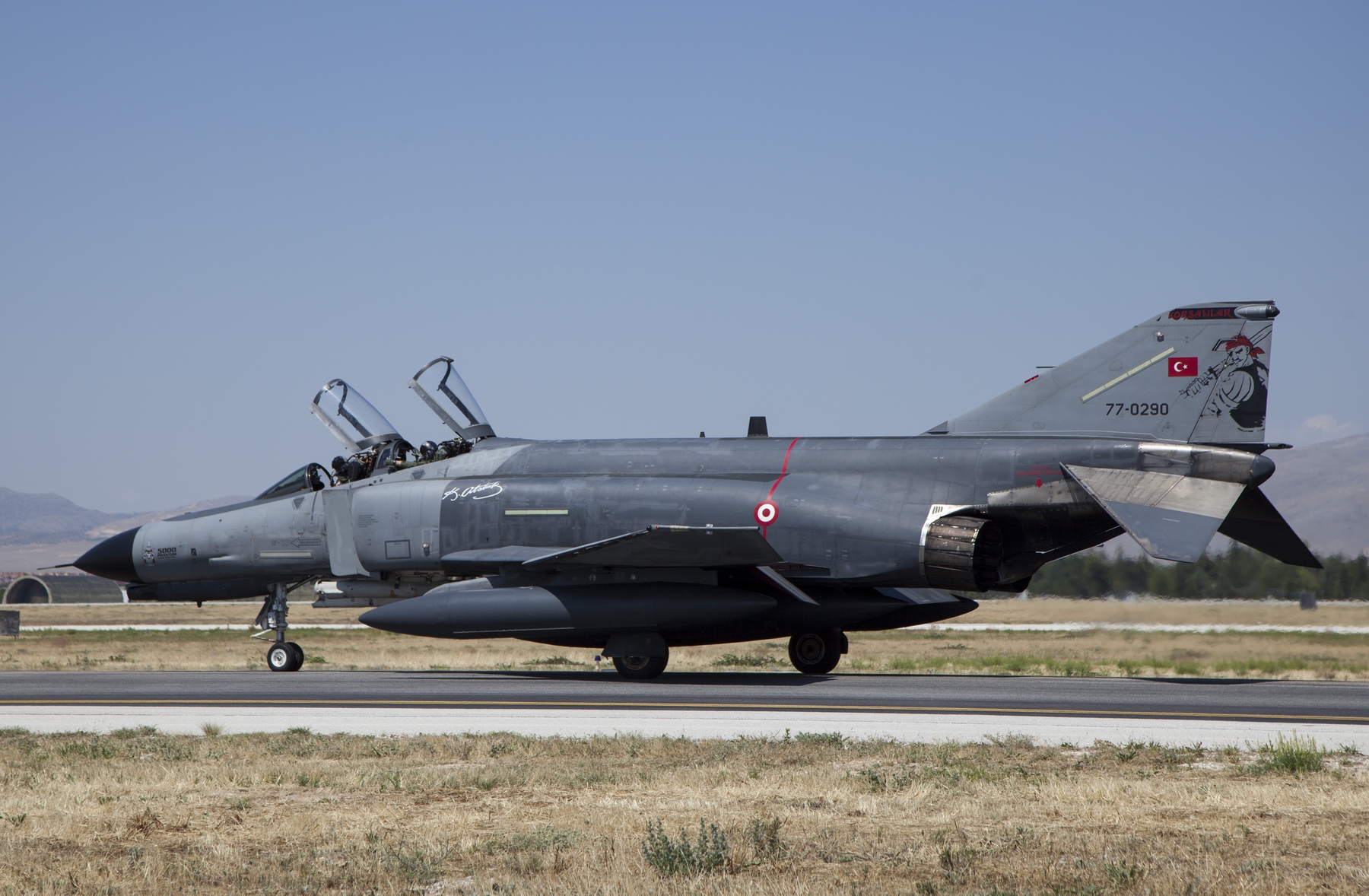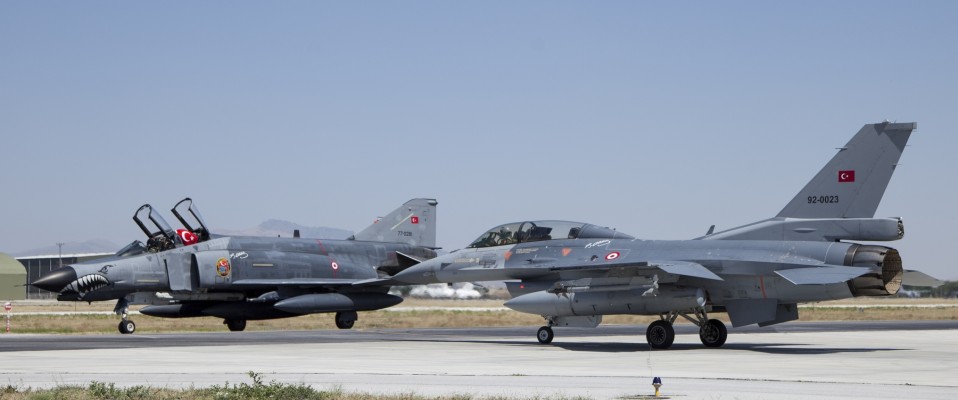Exercise Anatolian Eagle 2019
“Where the Eagles Dare”
Report and photos by George Karavantos
July 11, 2019
On June 17 to 28, the Turkish Air Force hosted the medium-sized multinational exercise named “Anatolian Eagle 2019” at the Third Main Jet Base, Konya, Turkey.
During these twelve days, the Turkish Air Force, with around 600 personnel launched fighters from all its Tactical Air Commands and with another 450 personnel of the rest participating Air Arms, accumulated a total of around 400 sorties. In the exercise’s scenarios strike packages faced all available air defence systems, provided by all branches. The Turkish Air Force cooperated with other assets from the Turkish Army and the Turkish Navy. All the participating Air Forces struck various target types, ranging from tanks and frigates to air bases or other high-value assets.
After the absence of two years, this year’s exercise involved participation from the U.S., Pakistan, Jordan, Italy, Qatar, and NATO. Azerbaijan also joined the exercise as an observer country. The most notable participant was the Pakistan Air Force. In the past years they were using F-16A/B aircraft but this year they operated 6 new JF-17 Tigers!
Another notable participant was the Royal Jordanian Air Force with 3 of its recently acquired F-16 MLUs. Other regular attendee was the Italian Air Force, this time with its AMX “Ghibli” of the 51° Stormo from Istana AB, Treviso. These aircraft will be celebrating their 30th anniversary in a unique fiesta this September. Despite the expectations of seeing F-35s in Konya’s Air Base, the American presence in this year’s Anatolian Eagle was limited to 6 USAFE F-15E Strike Eagles from the 492nd Fighter Squadron of the 48th Combat Wing based at RAF Lakenheath, UK.
Battlefield situational awareness was greatly enhanced by using a flying radar assets like the E-3A AWACS from the NATO (Konya is a Forward Operating Base for NATO’s AEW&C Force) or the Turkish AF Boeing 737 Airborne Early Warning and Control (AEW&C) aircraft operated by the resident 131 Filo. Both could provide real time battlefield overview, relay vectors and target priority. This was considered a highly valuable asset, so apart from using it to good effect; training to protect it, was also part of the exercise. During these twelve days two missions were flown every day (Eagle 1 and 2) with one morning wave and another afternoon wave, each with up to 60 aircraft involved in the exercise.
During this exercise several other aircraft from the Turkish Air Force along with two other aircraft, a C-17 and a C-130J, from the Qatari Air Force participated in other kind of air exercises. They conducted different types of missions such as tactical air lift/drop, slow mover protection, combat search and rescue, anti-surface force attack operations, time sensitive training, dynamic targeting and GRAD systems.
The Anatolian Eagle exercise dates back to the late 90s, when it was established as a small scale air warfare exercise. Following the participation of the Turkish Air Force in Red Flag in 1997 and a pair of bi-lateral exercises in 1998 with the U.S. Air Force, the Anatolian Eagle exercises started in June 2001 at Konya Air Base involving the Turkish Air Force, United States Air Force and Israeli Air Force. The reason of setting up the exercise was to enhance the combat experience of the Turkish pilots and to increase the interoperability among air forces of different countries. Throughout all these years many facilities have been built, such as the wide aircraft ramp named “Eagle”, surrounded by buildings for maintenance and storage, where foreign and national aerial assets are stationing during the exercise.
With large exercise areas available over land and sea that extend 50,000 square miles in surface and up to 50,000 feet from the ground, equipped with modern threat systems, the Turkish Air Force can organize an absolute full-scale exercise similar to Red Flag.
The participants of Anatolian Eagle have access to a training environment within a 300km by 400km area located between Konya and Ankara which keeps transit time to a minimum. Within this training area are three air-to-ground ranges at Tersakan, Koc and Karapmar containing surface-to-air threats from SA-6, SA-8, SA-11 and ZSU 23-4 systems providing a realistic environment for the scenarios to be played out against. The Konya Air Base has all the facilities you would expect of a world class training facility, but perhaps its best feature is its geographic location.
The main goal of the Anatolian Eagle exercise is to simulate as realistic as possible the so called “Battle Rhythm”, which includes the design, the operation, the collection of data from the battle assessment and the debriefing for each mission.
In Anatolian Eagle exercise there are two adversary aerial components, Red Force and Blue Force. Red Force is formed by Konya Air Base resident unit 132 Filo, which operates the F-16 in the aggressor role, and by ground controllers, codenamed “Redeye”, which monitor the operations over the range and make use of different threat systems against Blue Force aircraft.
All participating aircraft are controlled in real time by a White Force. This component develops scenarios, establishes different level of training and composition of aerial assets according to the different scheduled missions (CSAR, CAS, SEAD, AAR, A-G, DCA, etc.) and, of course, analyzes results of the missions with debriefing for the participating crews. Anatolian Eagle can offer a simulated wartime environment which increases with difficulty using the normal building block approach, the complexity of each package growing over the twelve day training period with ‘package lead’ being rotated through all participating nations and units. This gives the aircrews the best training to prepare them for real world conflict. The scenarios have both blue and red forces within the Combined Air Operations (COMAO).
During the training exercise, the location, position and flight information of participating aircraft are transferred to a Command Control Centre (CCC) via an Air Combat Manoeuvring Instrumentation (ACMI) system. Radar tracks and missile shots from SAM systems, AWACS aircraft, land-based radars and other anti-aircraft systems are also transferred to the CCC. Pre-flight briefings and post-flight de-briefings are carried out in the CCC where there is a briefing hall with capacity of 450 people. Sorties during the exercise were controlled and commanded at the MASE (Multi Aegis Site Emulator) Operation Centre.
During this year’s exercise all kinds of modern operations were designed and executed. These included SEAD/ DEAD, CSAR, Interdiction of Air Defences, Close Air Support. The missions were being performed autonomously or combined with others, and also included air refuelling support, dynamic targeting, strategic assaults, and air strikes against high value and Time-Sensitive Targets (TST).
Some of the key aims of Anatolian Eagle were outlined during the exercise and included:
- To systematically test and evaluate the fighters’ combat readiness statuses
- Manage tactical training progress
- Build a background and knowledge base in order to research tactical aeronautics
- Conduct research to allow fighter elements of the Turkish Air Force Command to reach the military goals in the shortest time and with minimum resource and effort
- Support the definition of operational requirements, supply, and research and development activities
- Allocate training environment in order to fulfil the requirements of the Turkish Air Force Command
- Support tests of existing/developed/future weapon/aircraft systems
The goal for the Anatolian Eagle is to become one of the most realistic and demanding exercises globally, able to provide all its participants with the highest level of training. In other words, a “Red Flag” type of exercise with a Turkish stamp on it!
